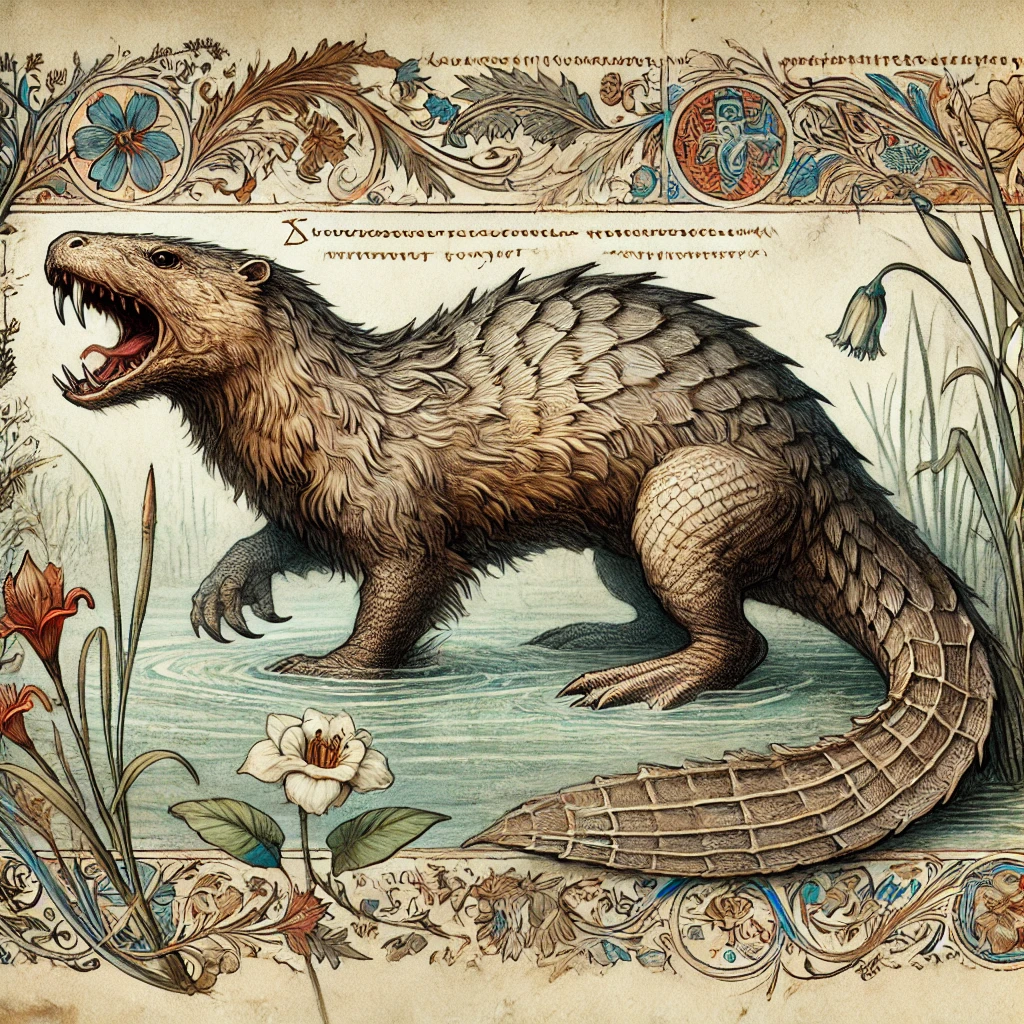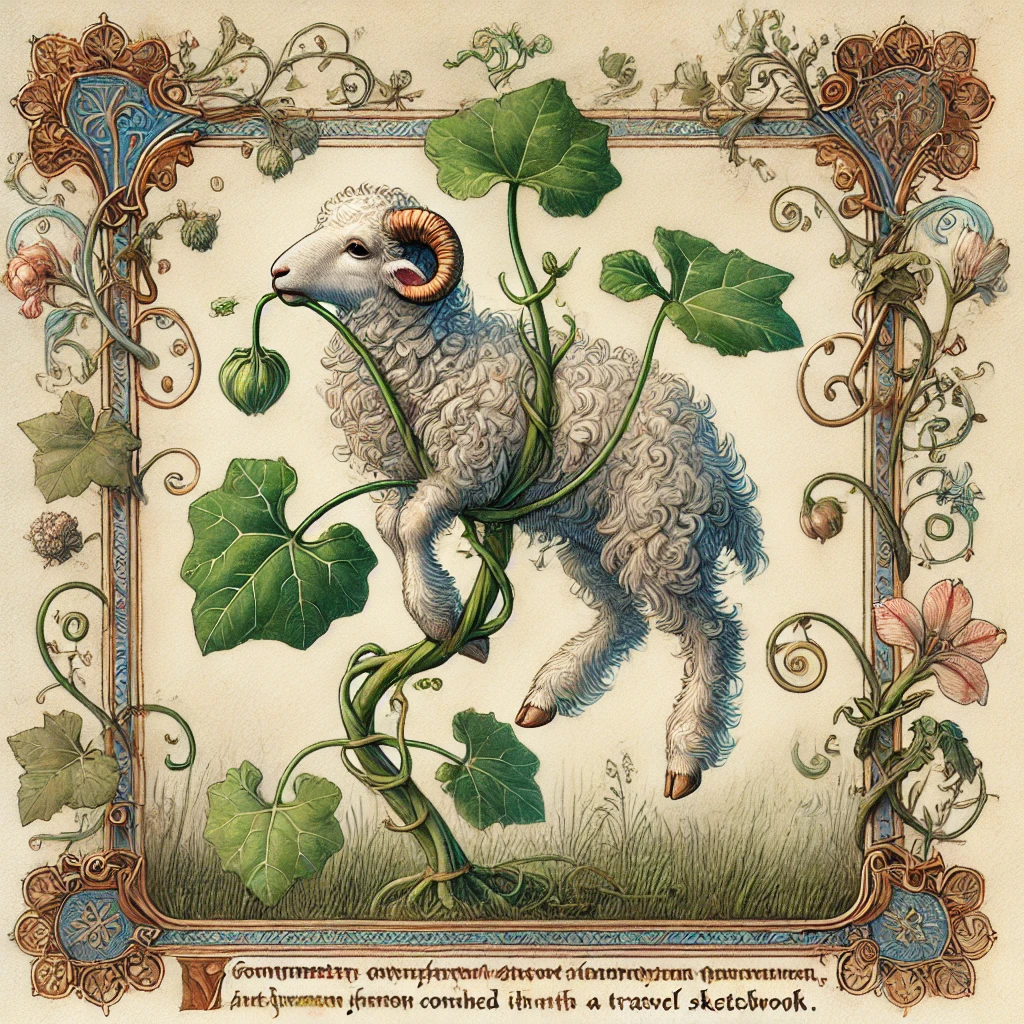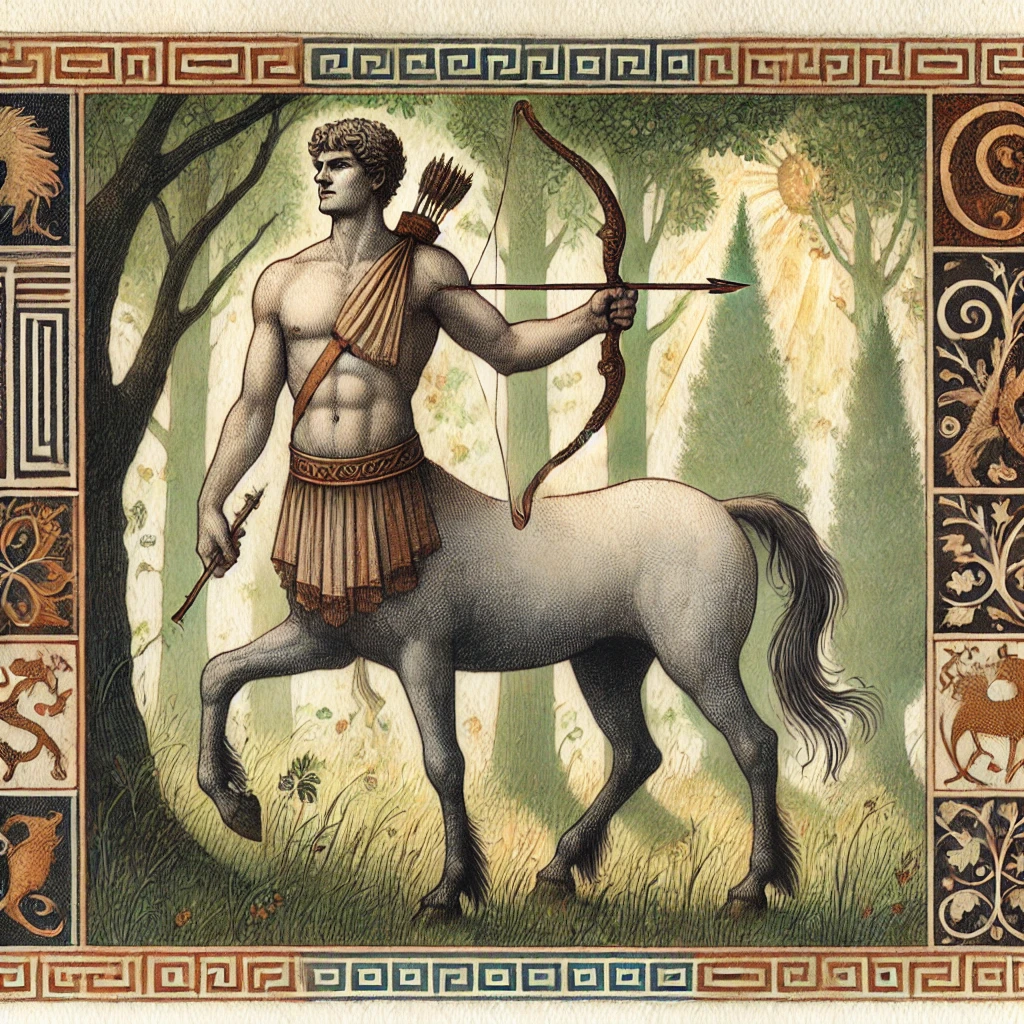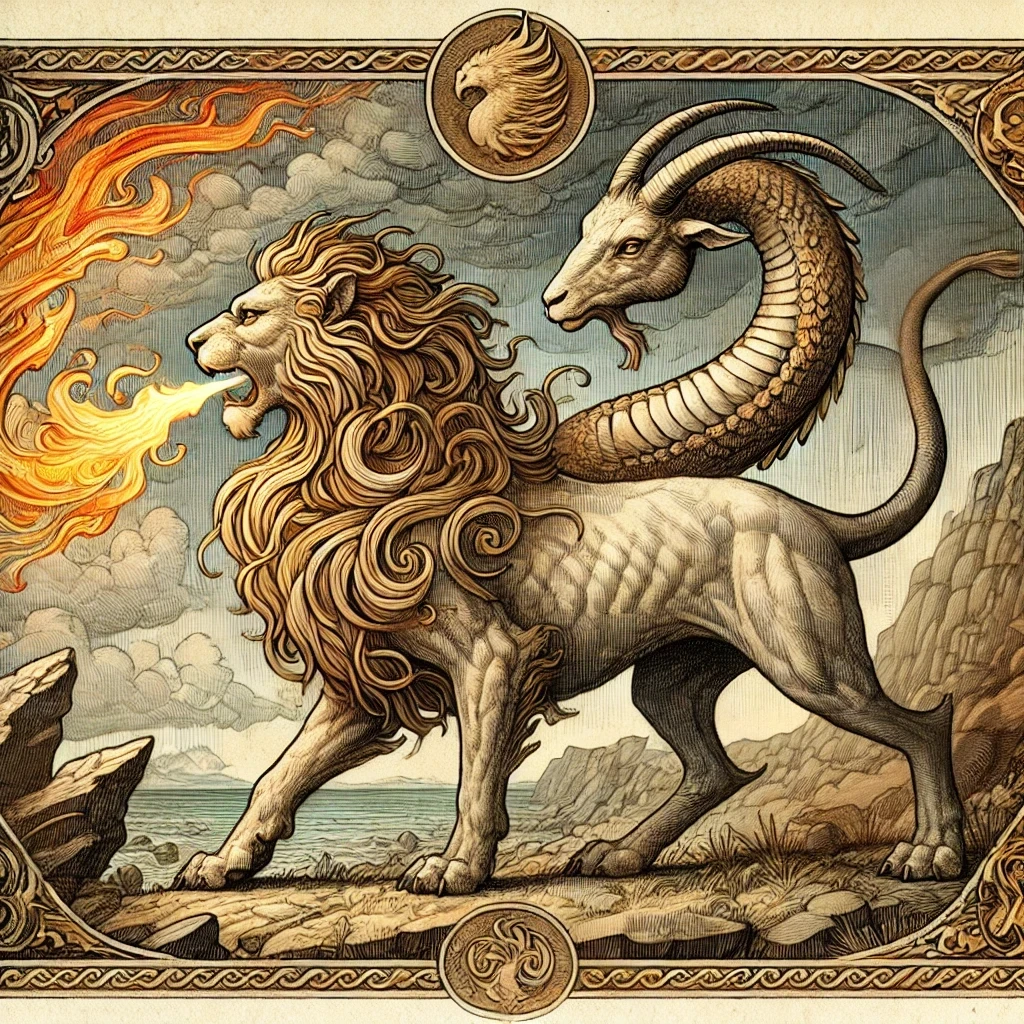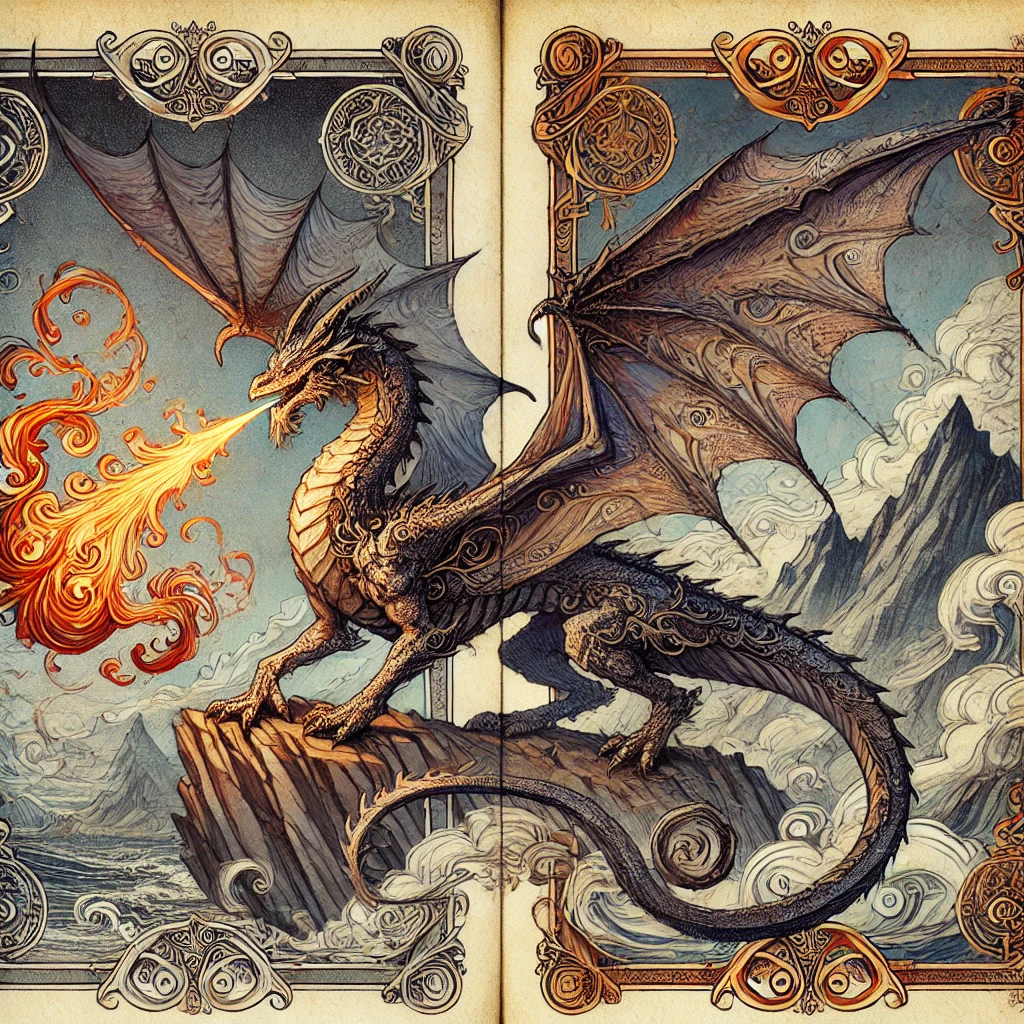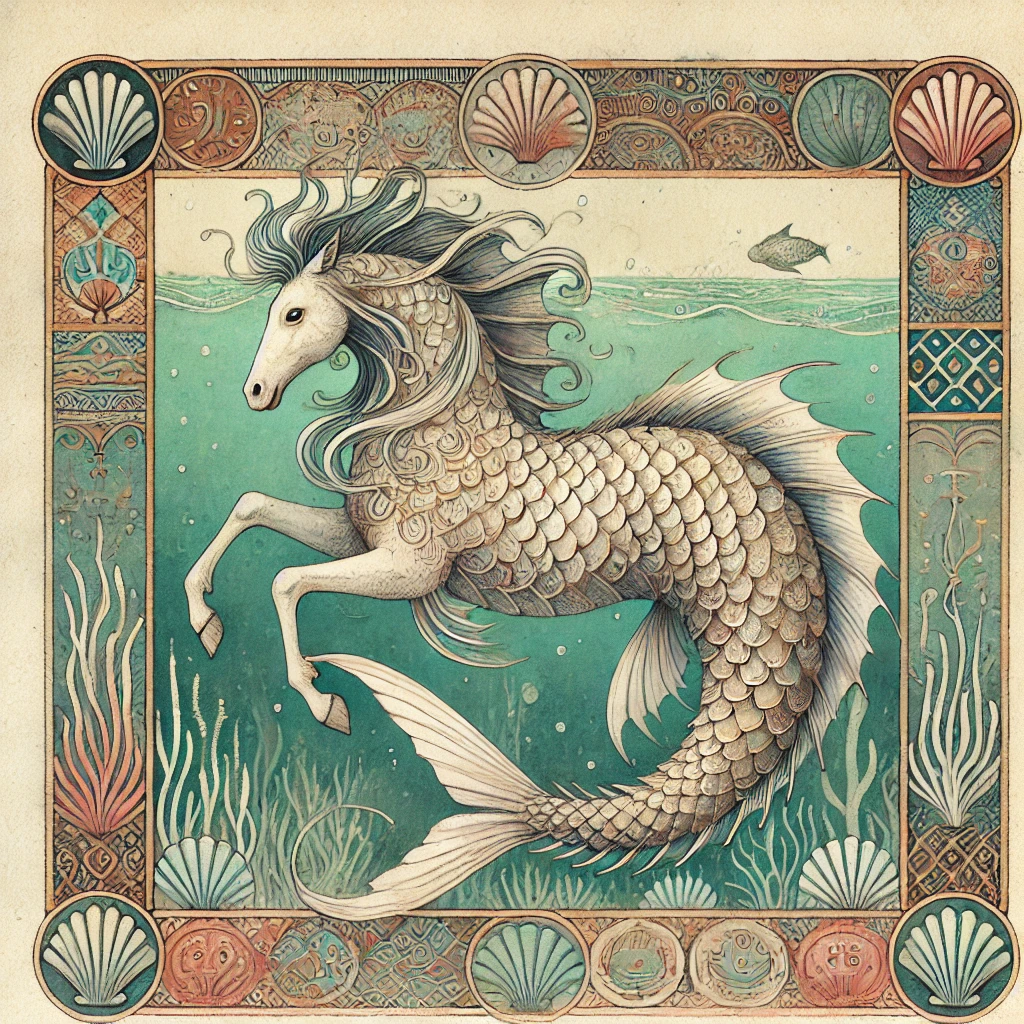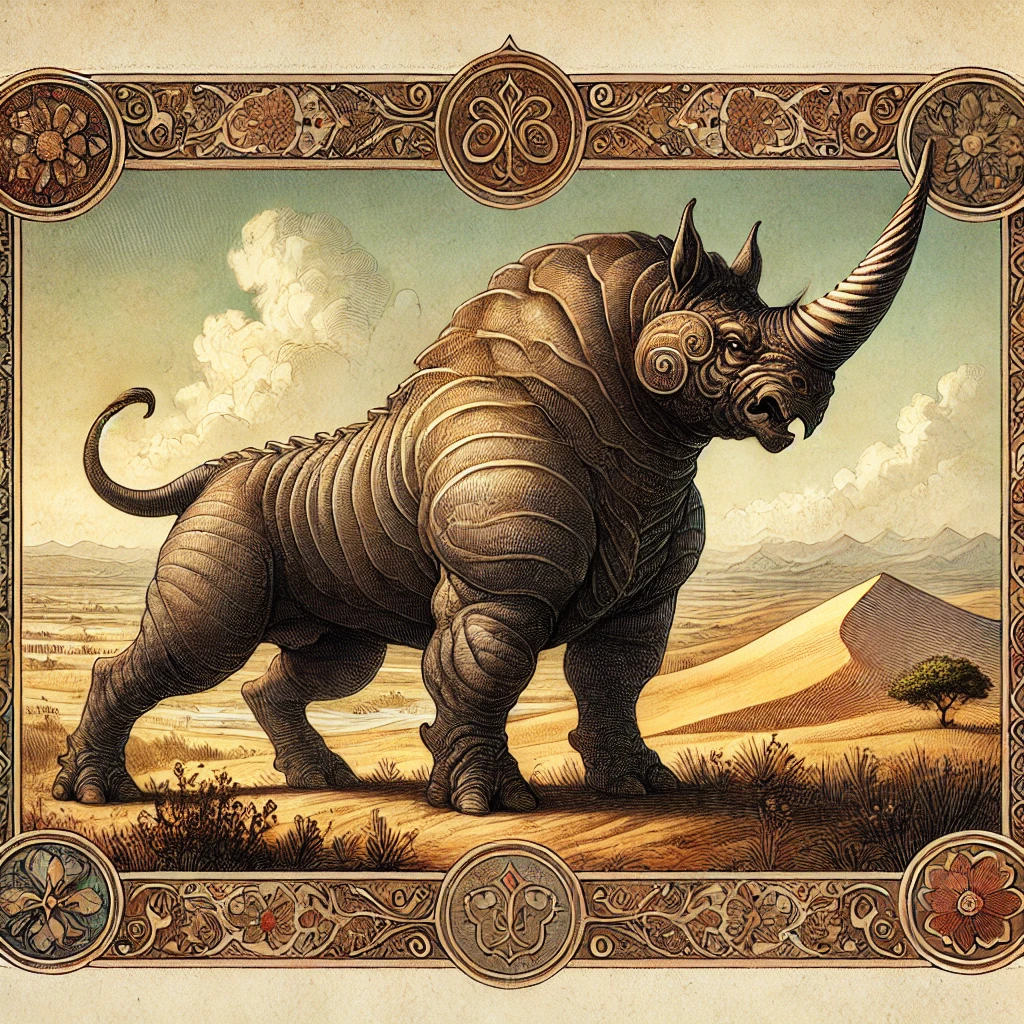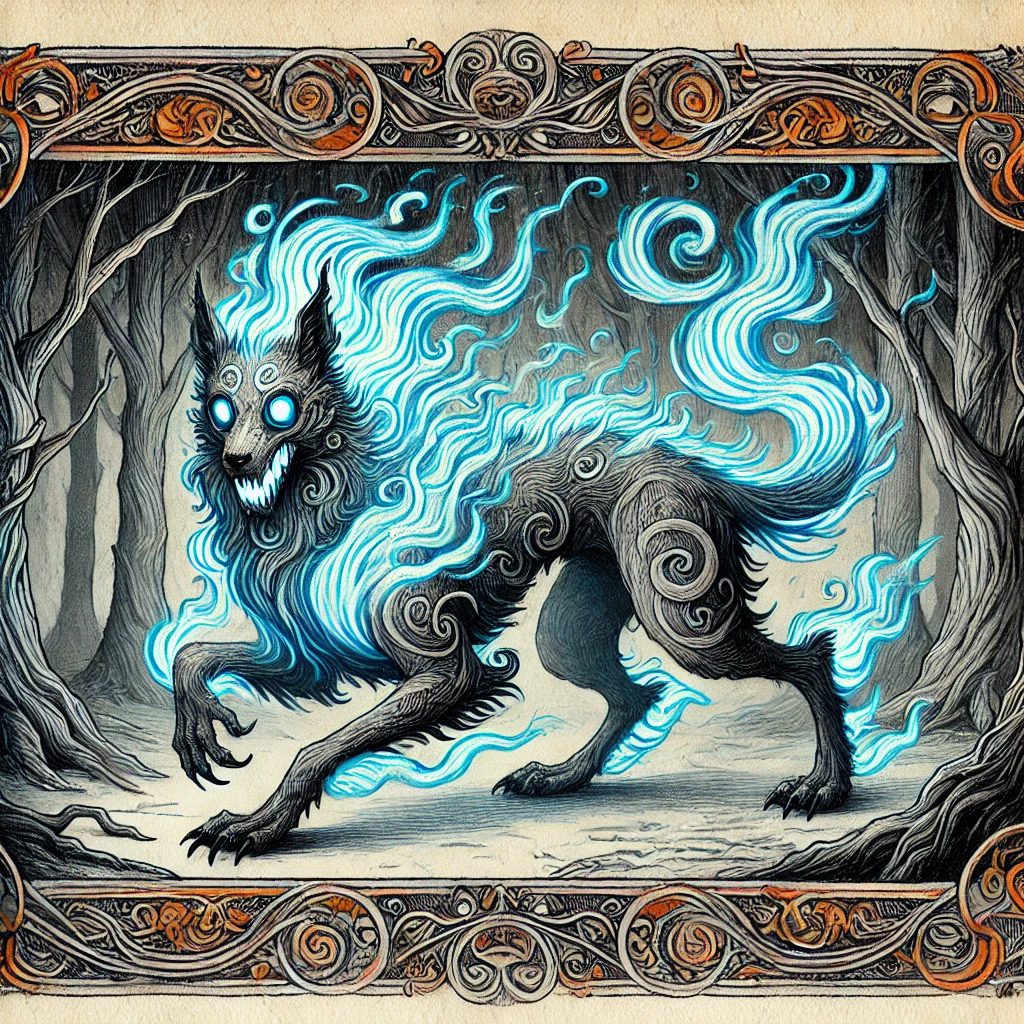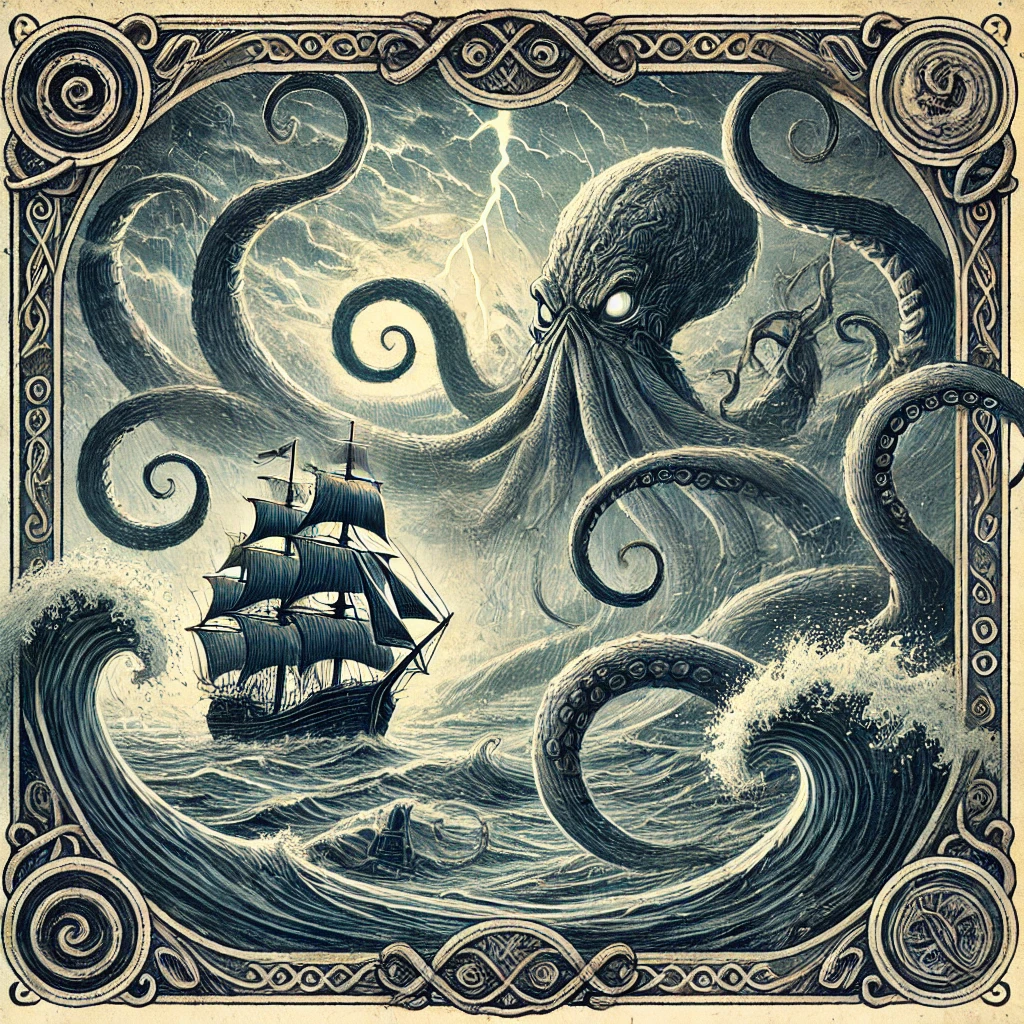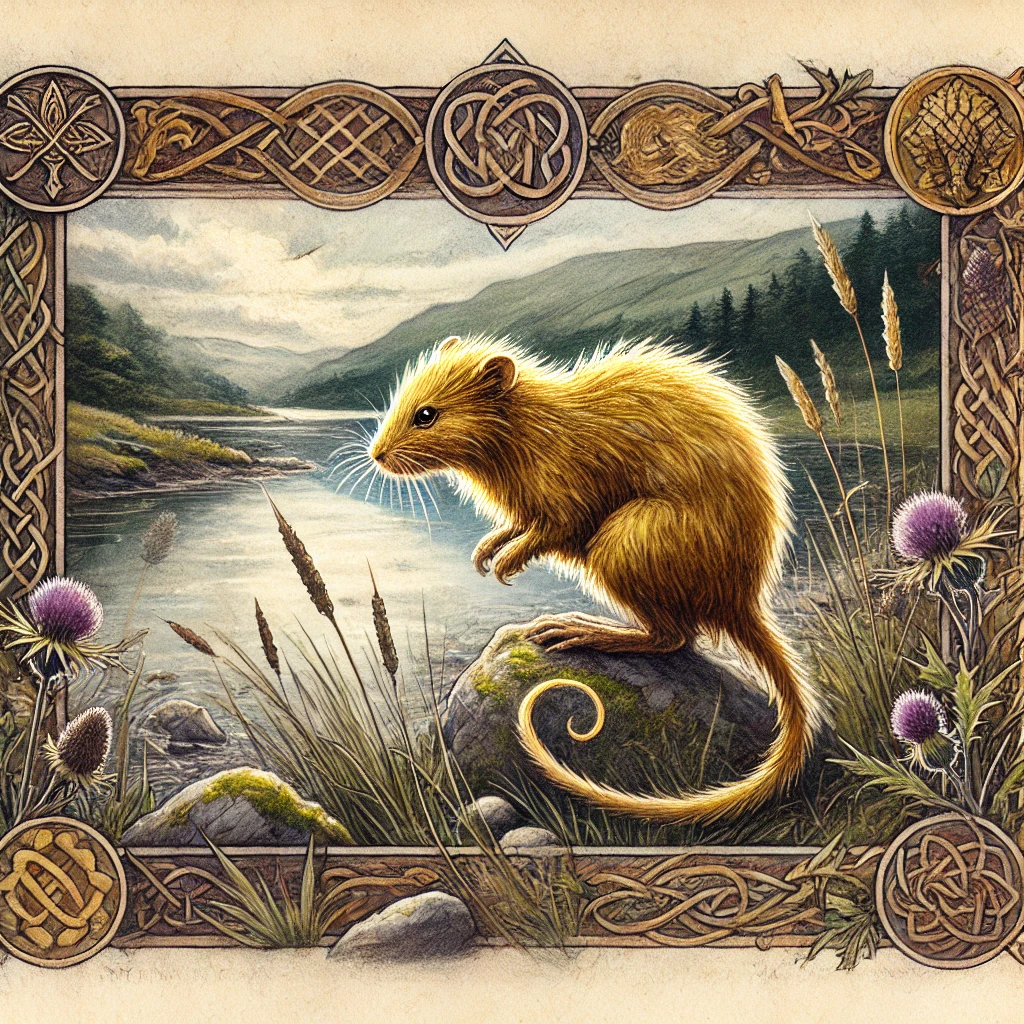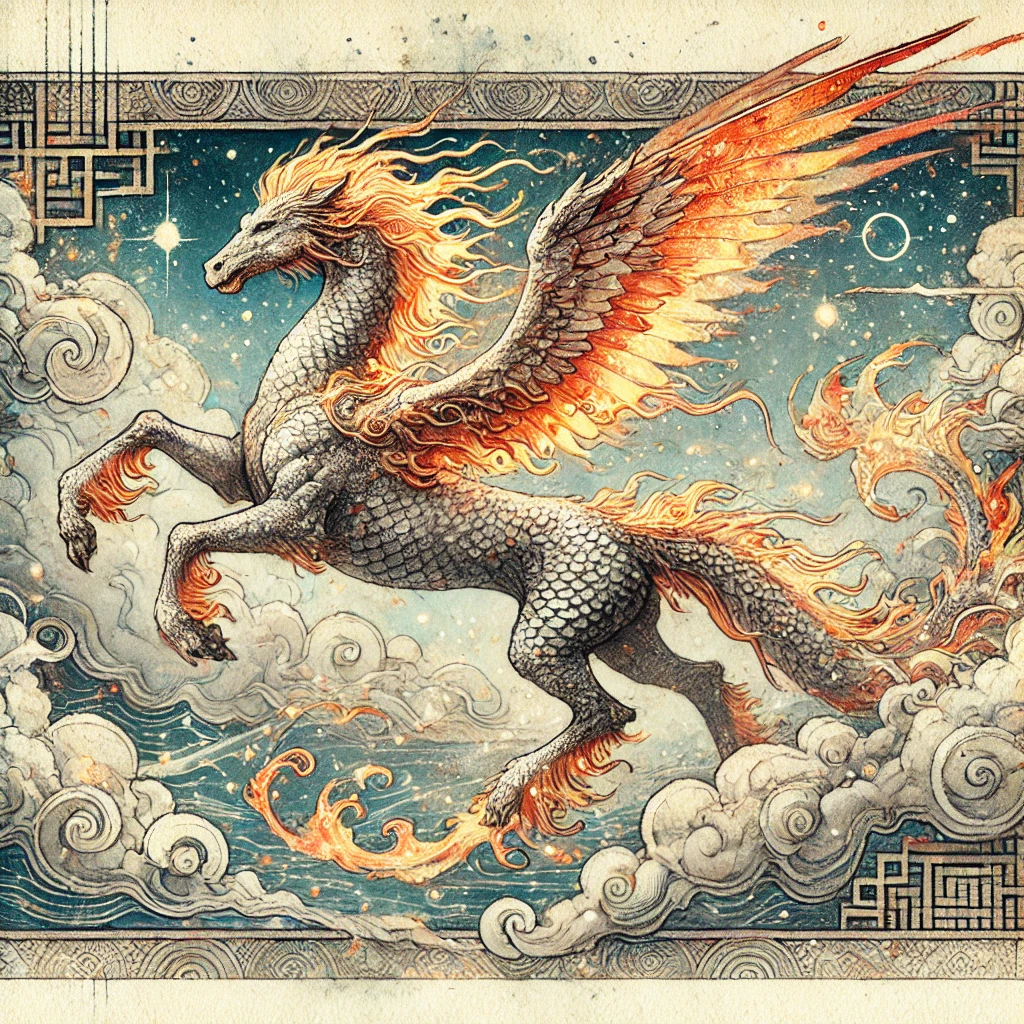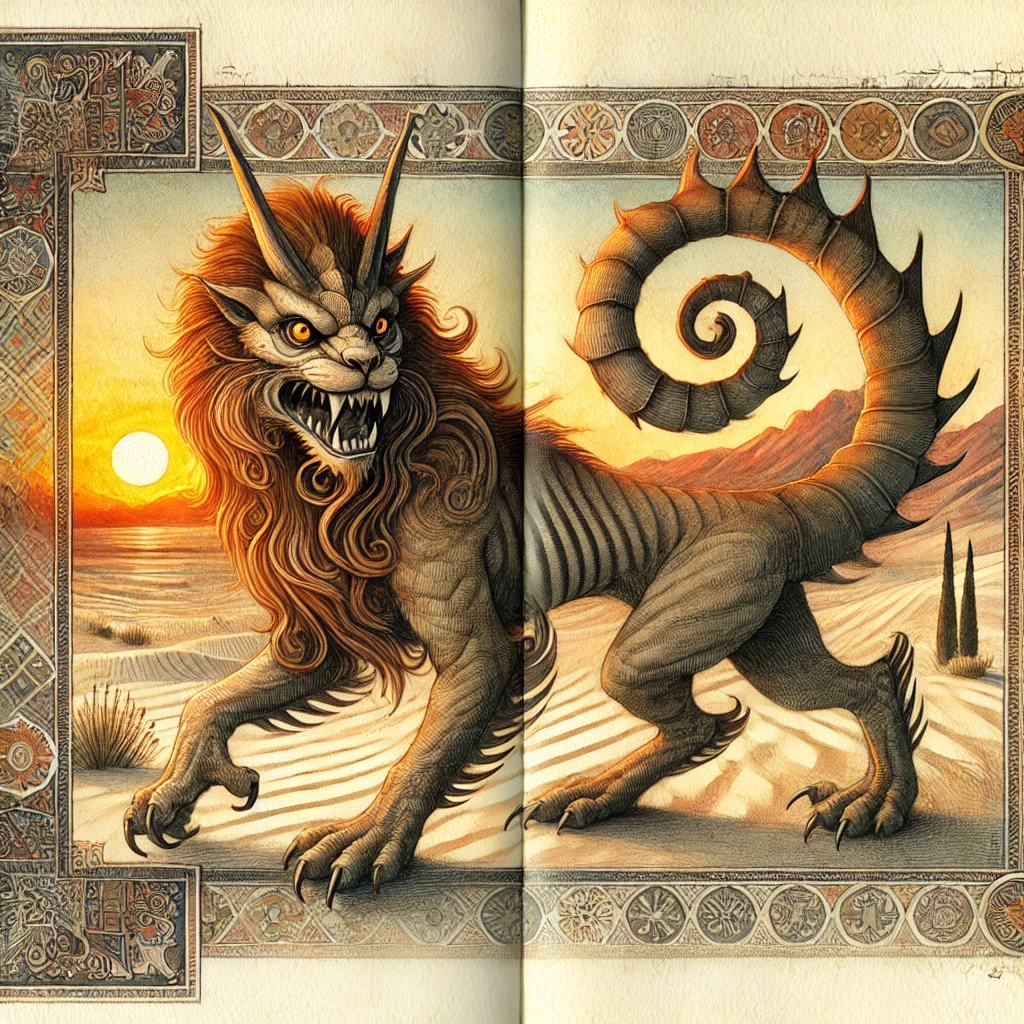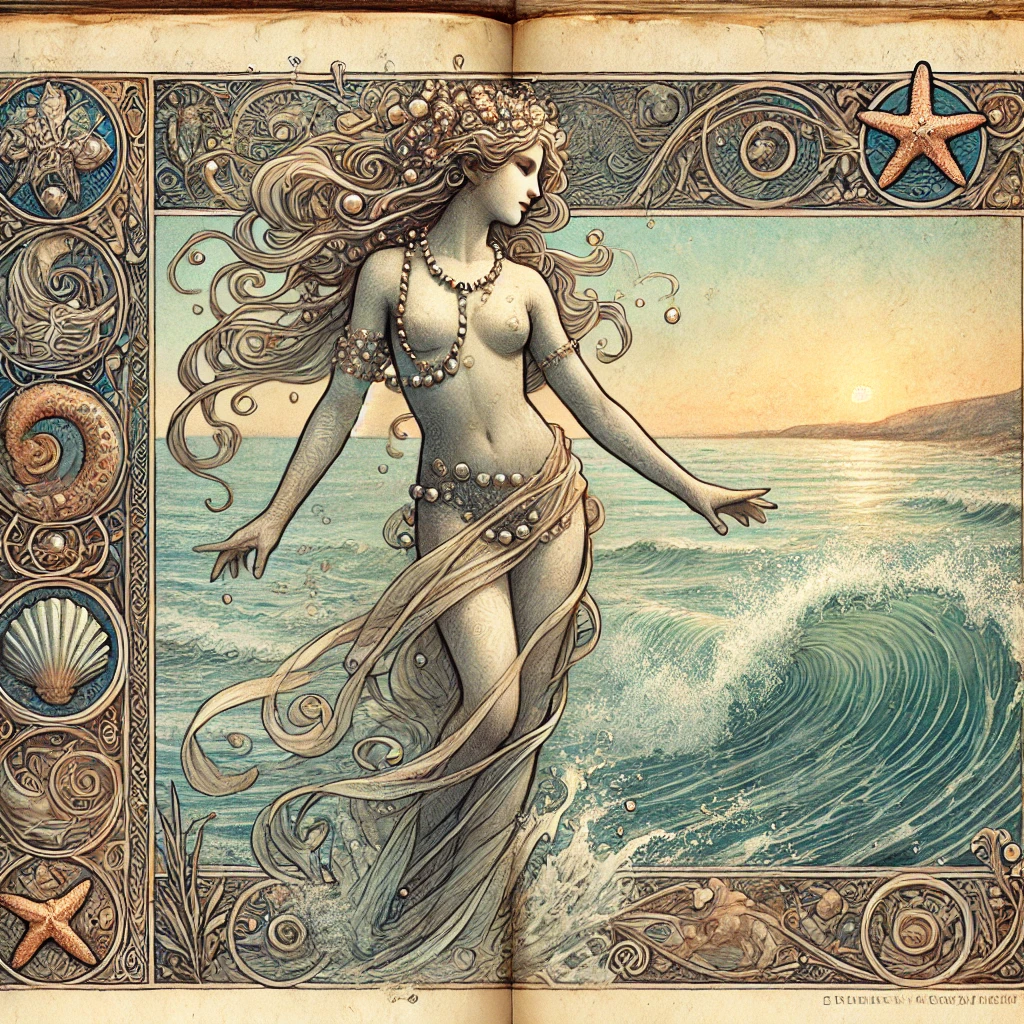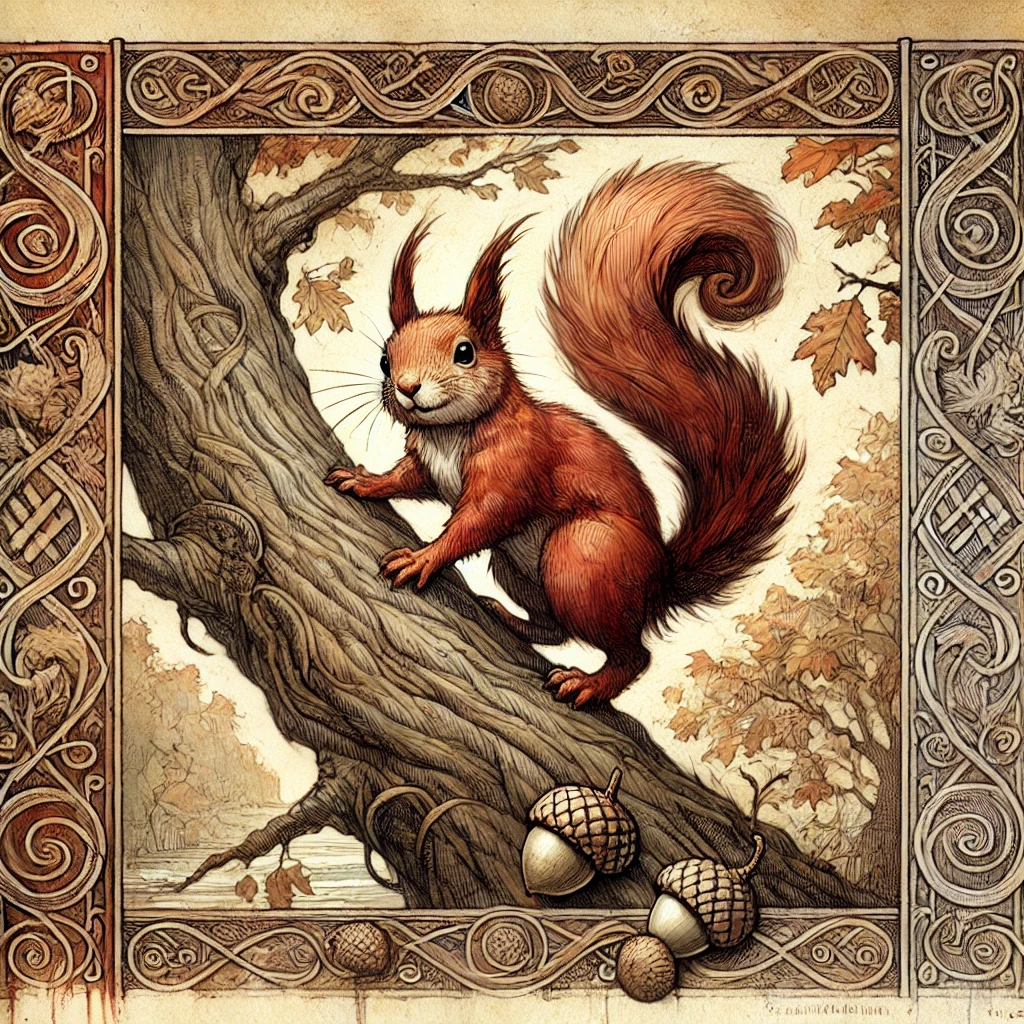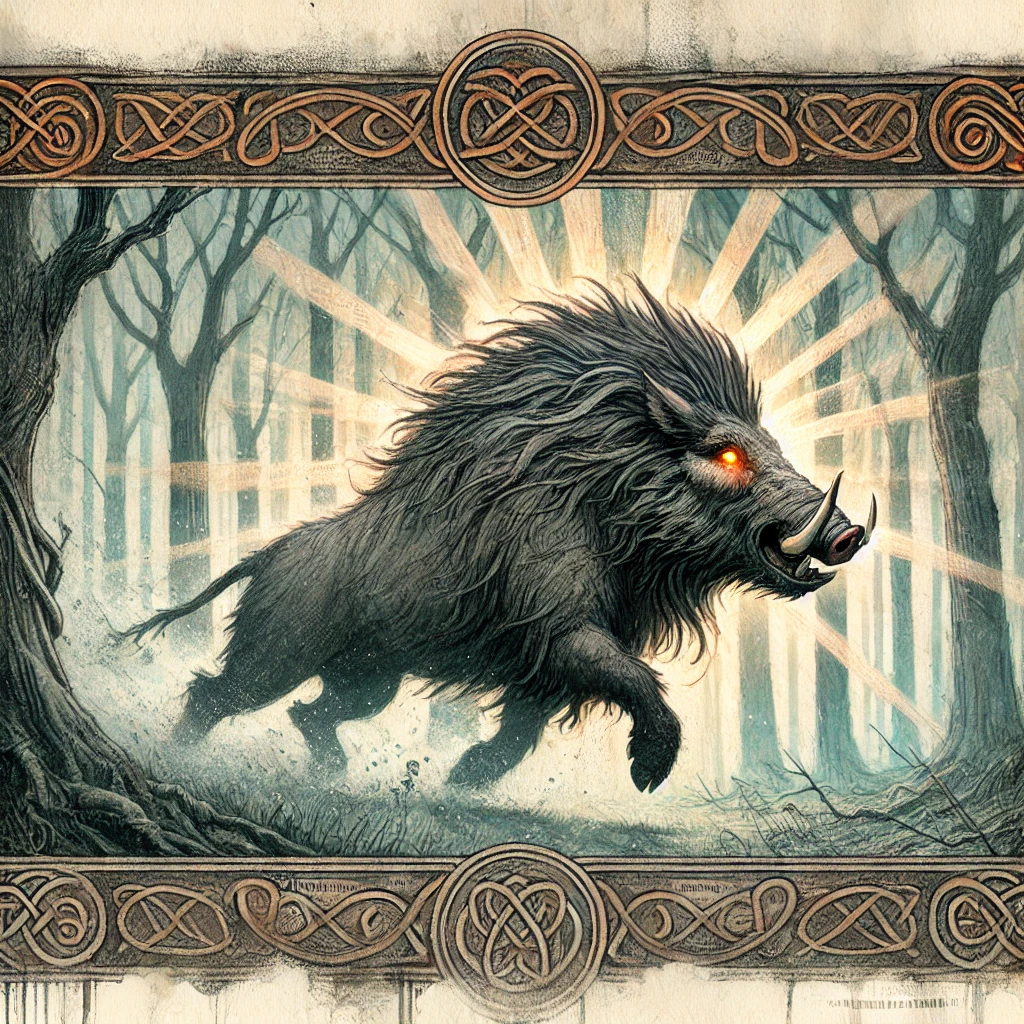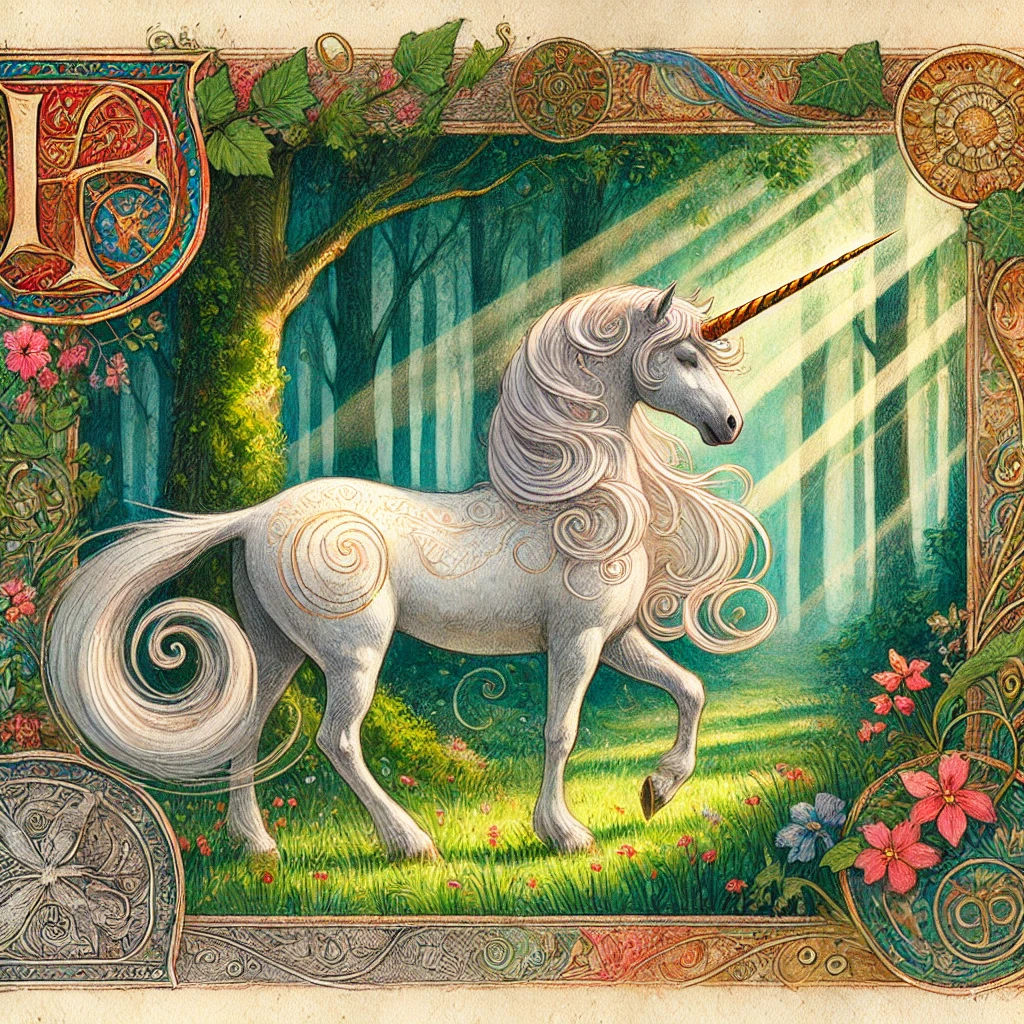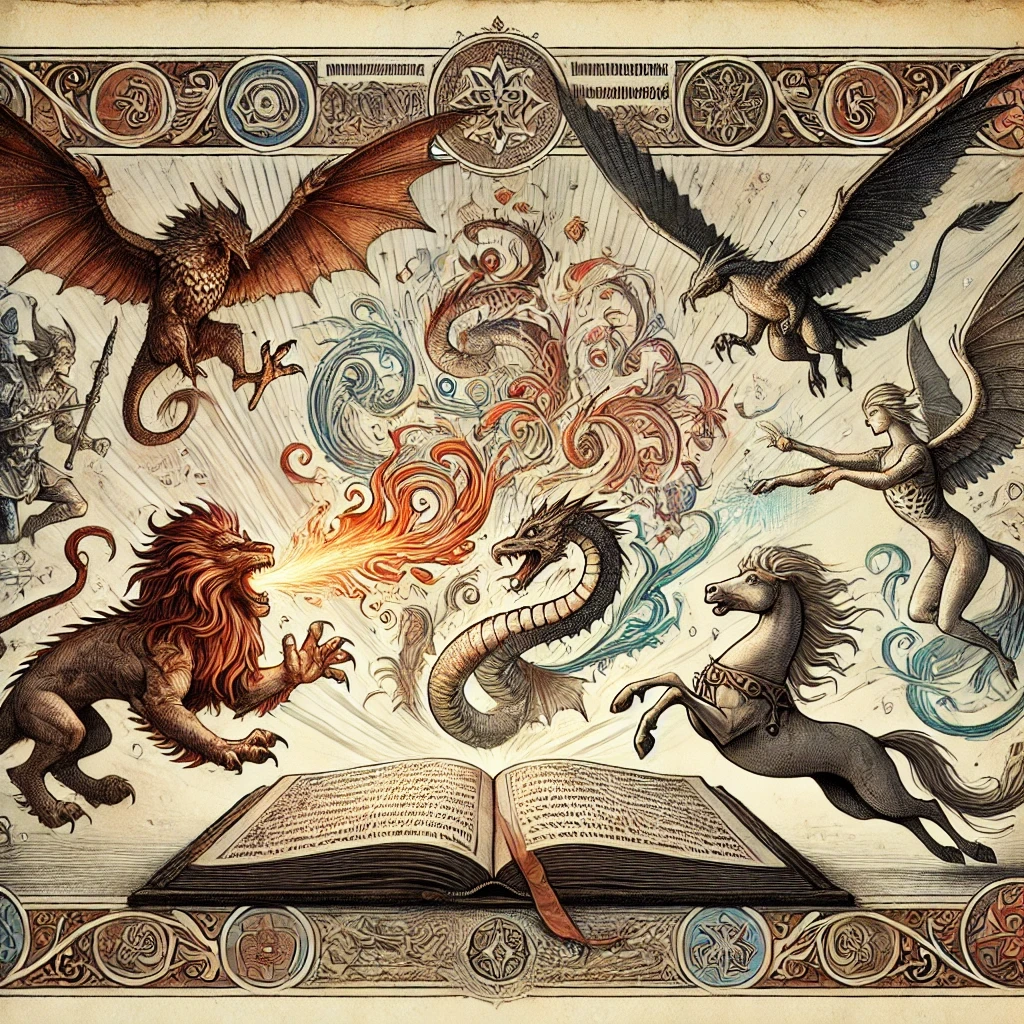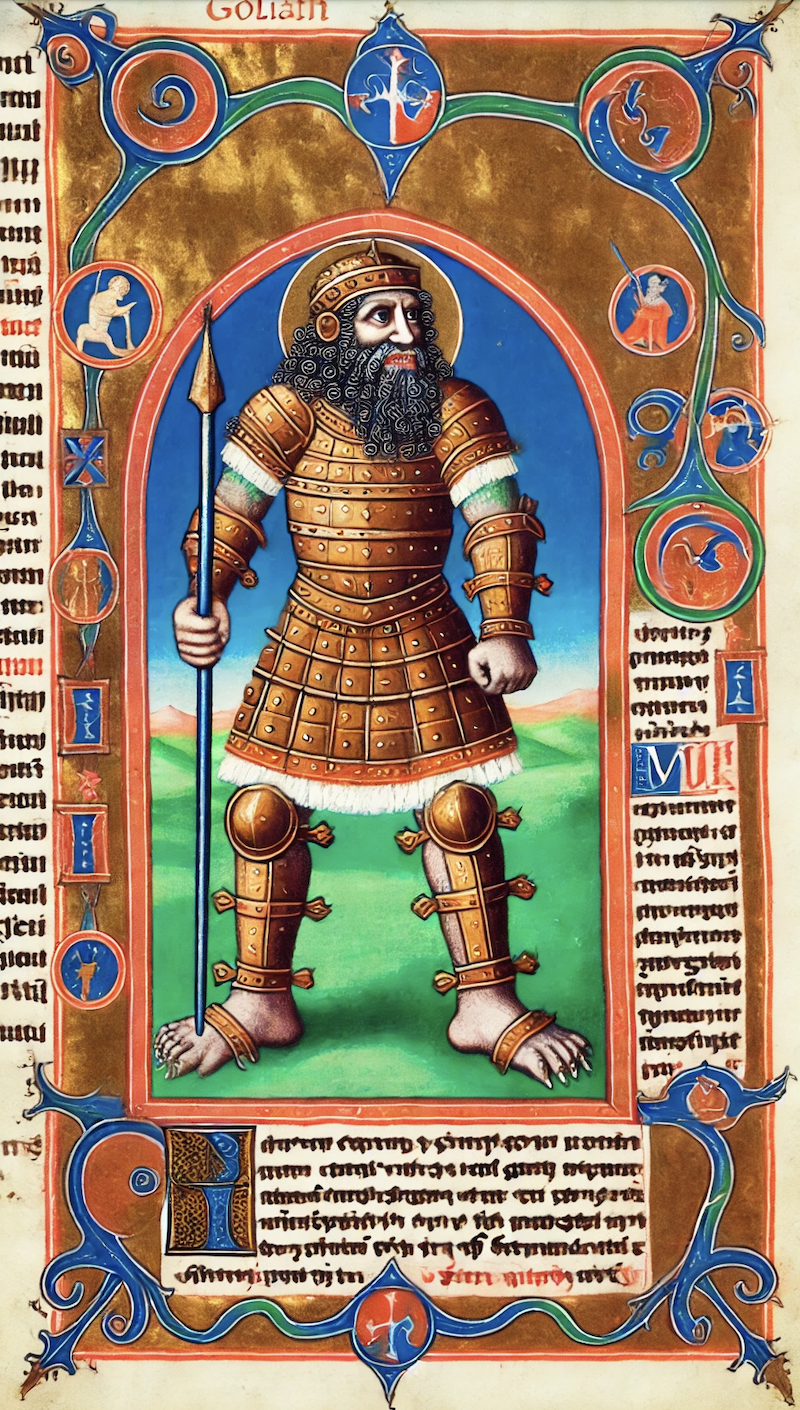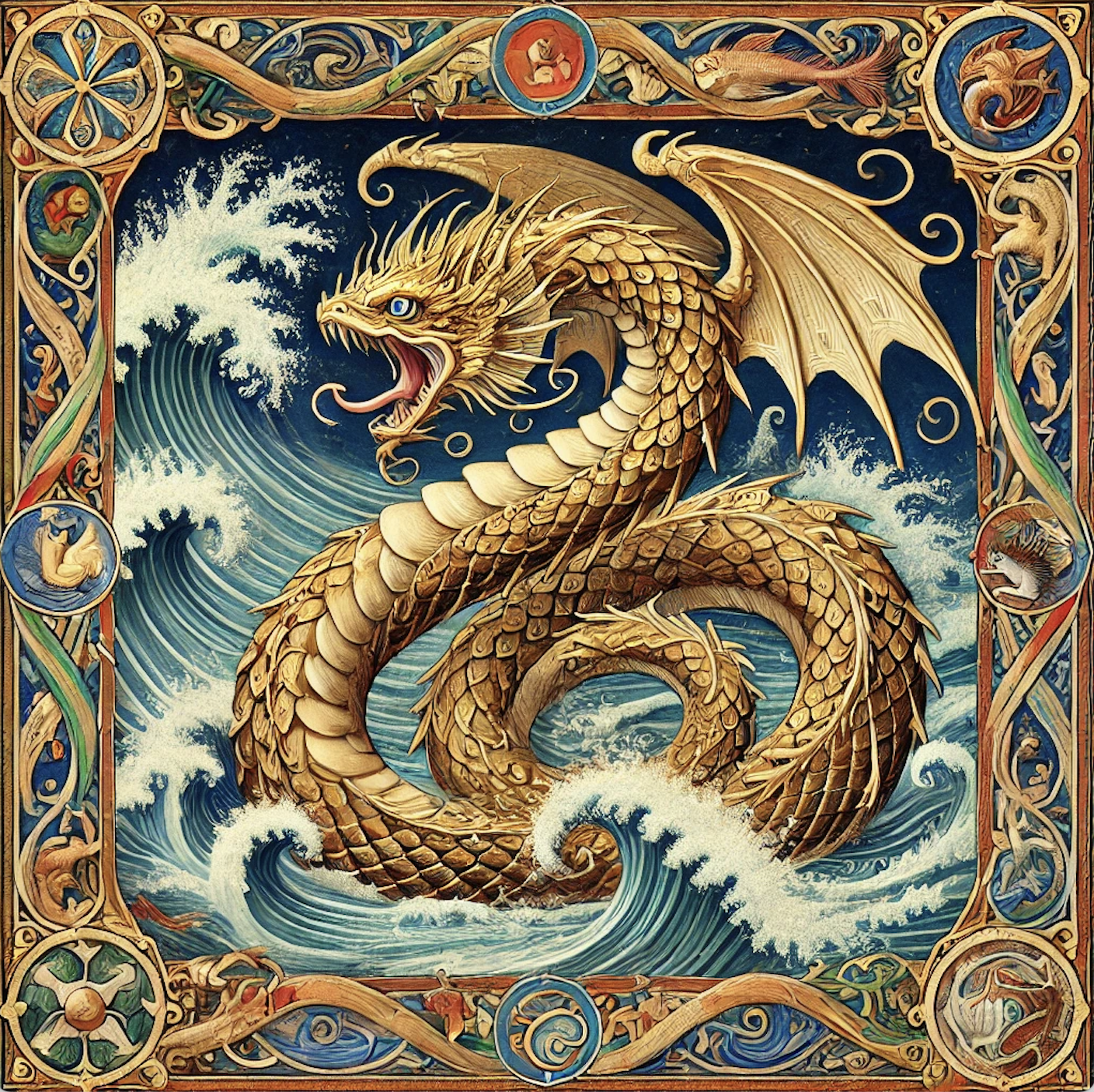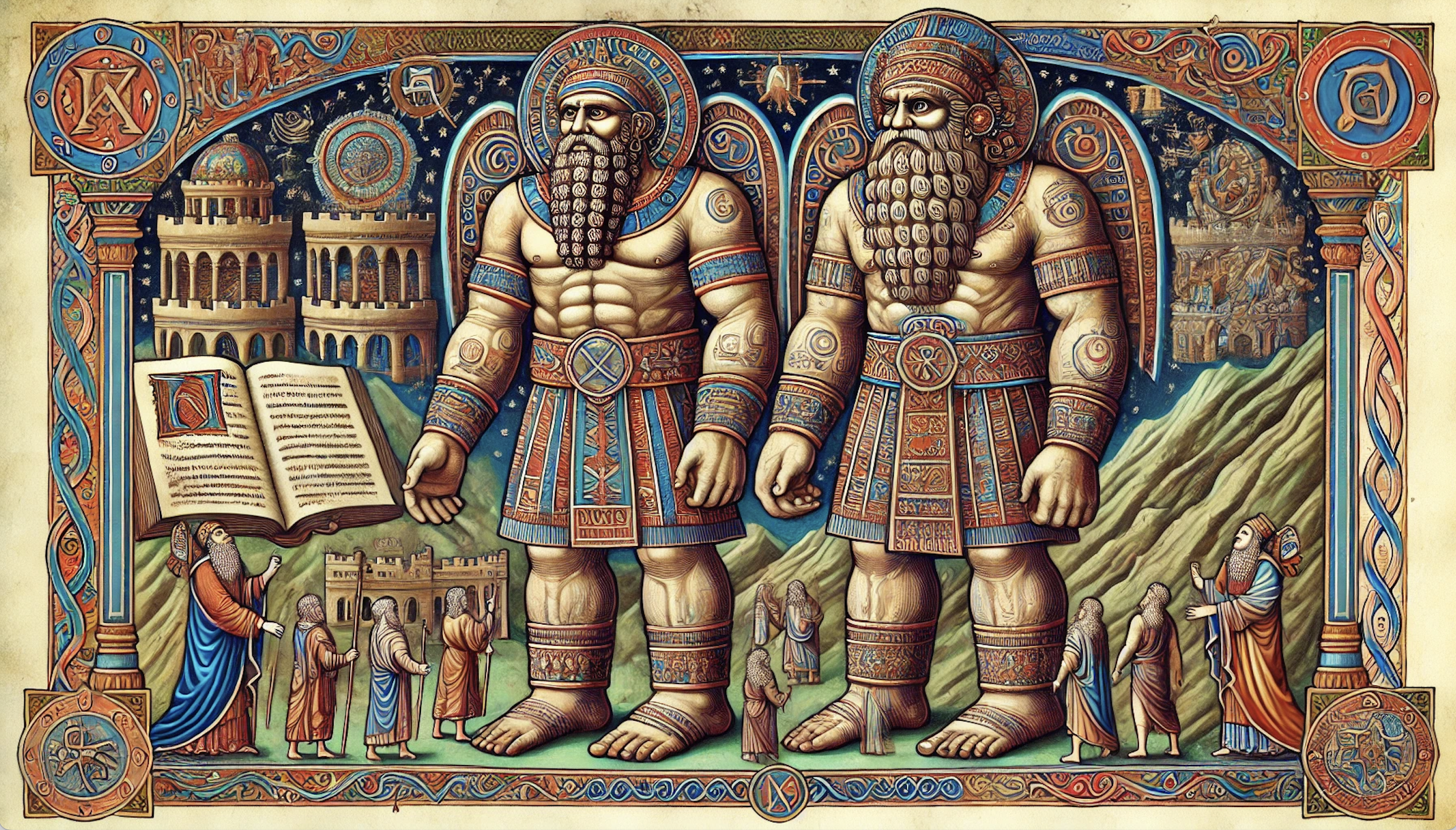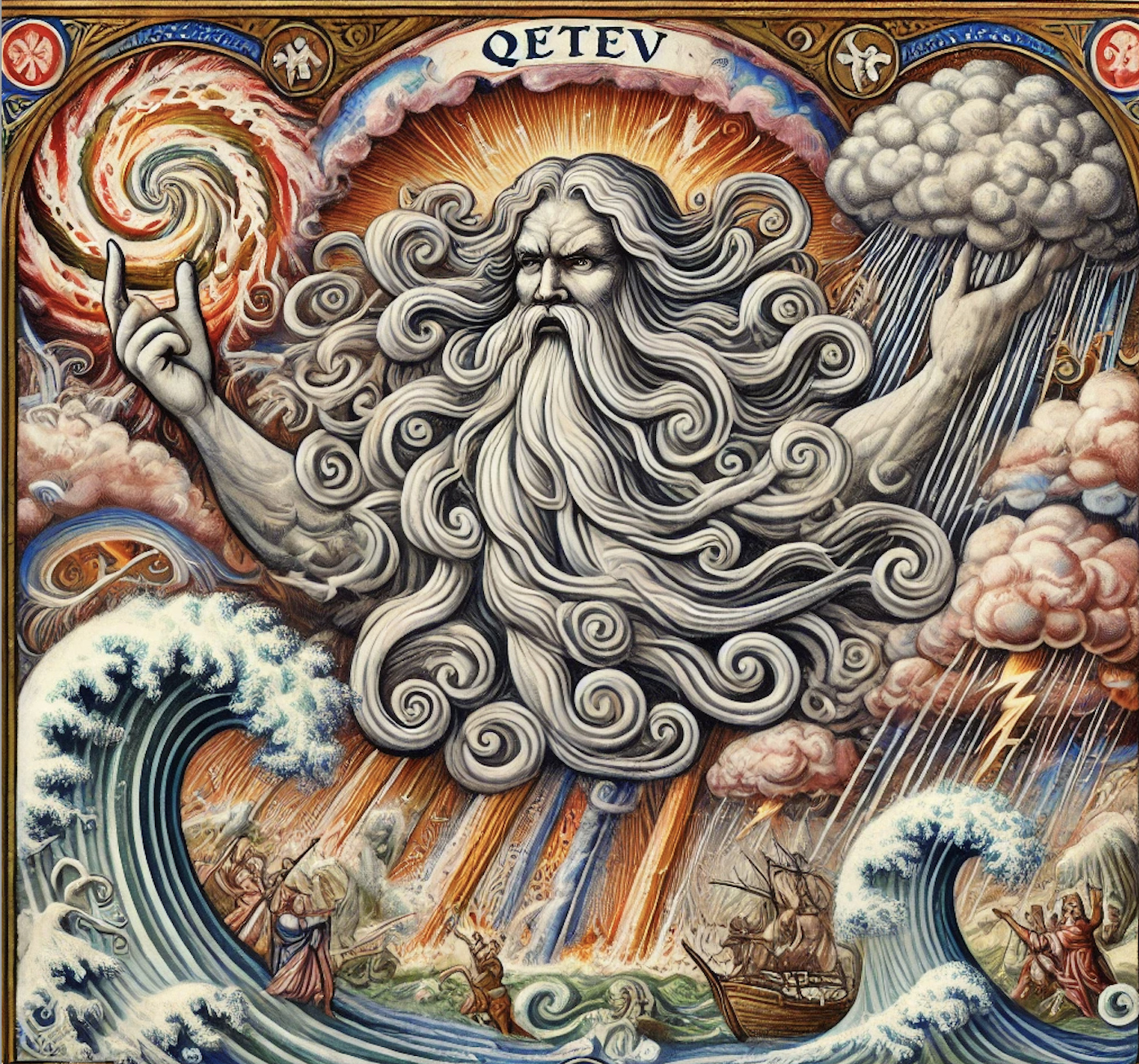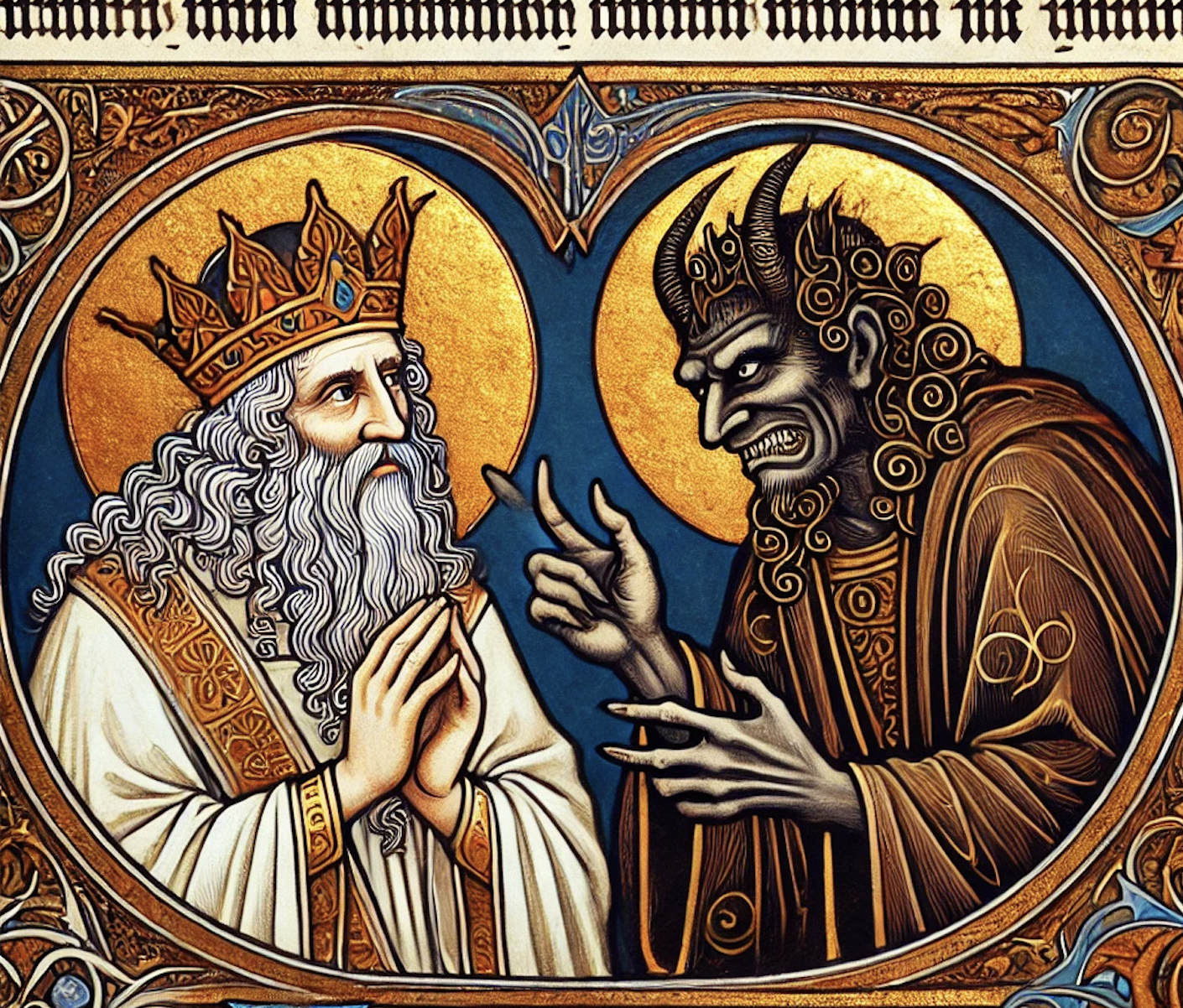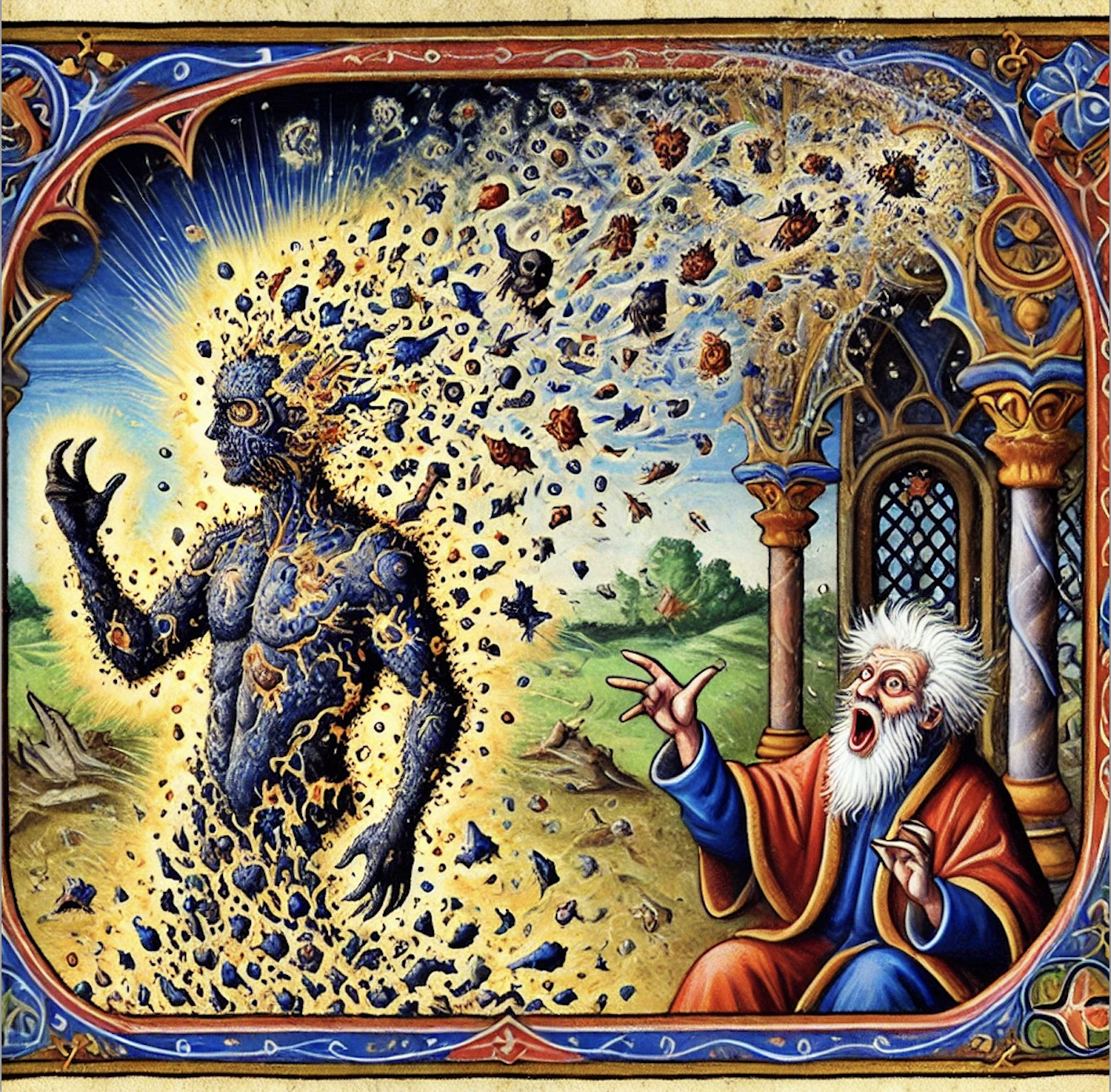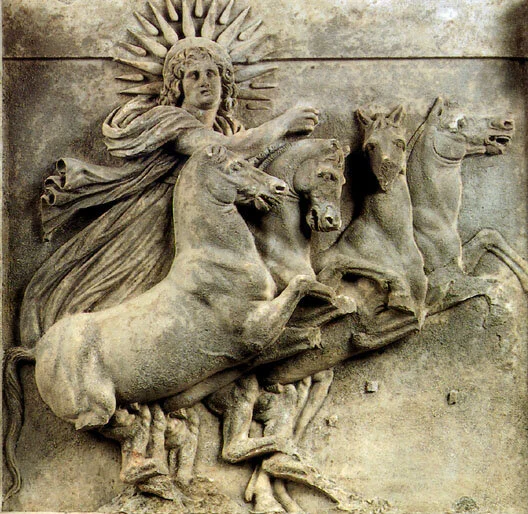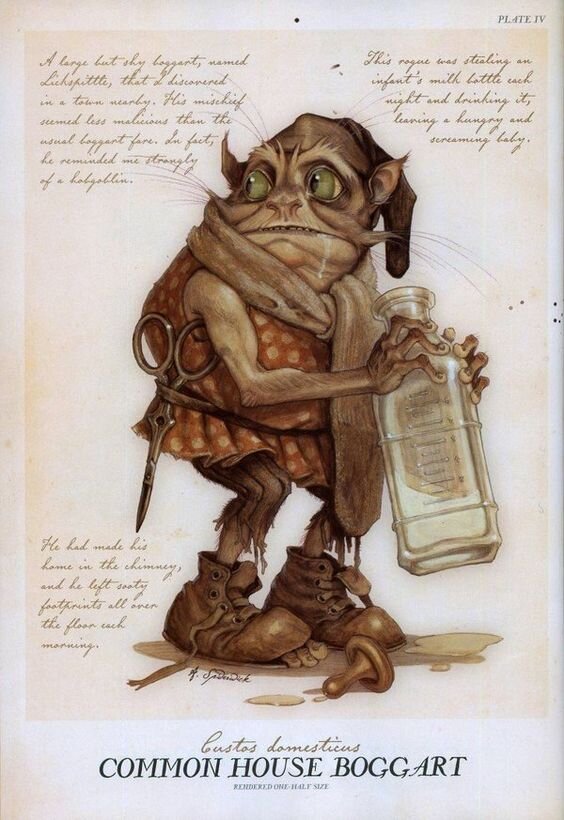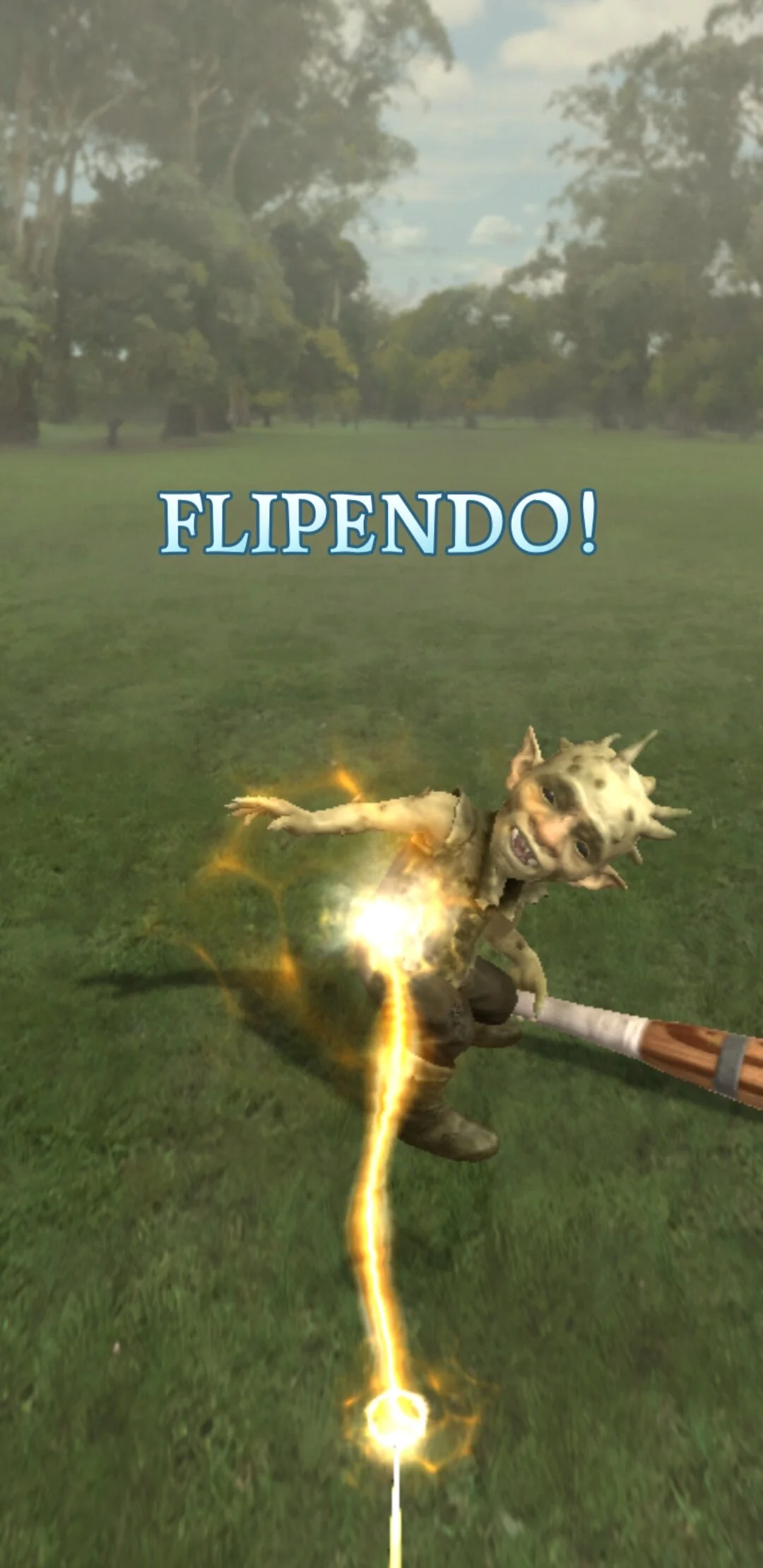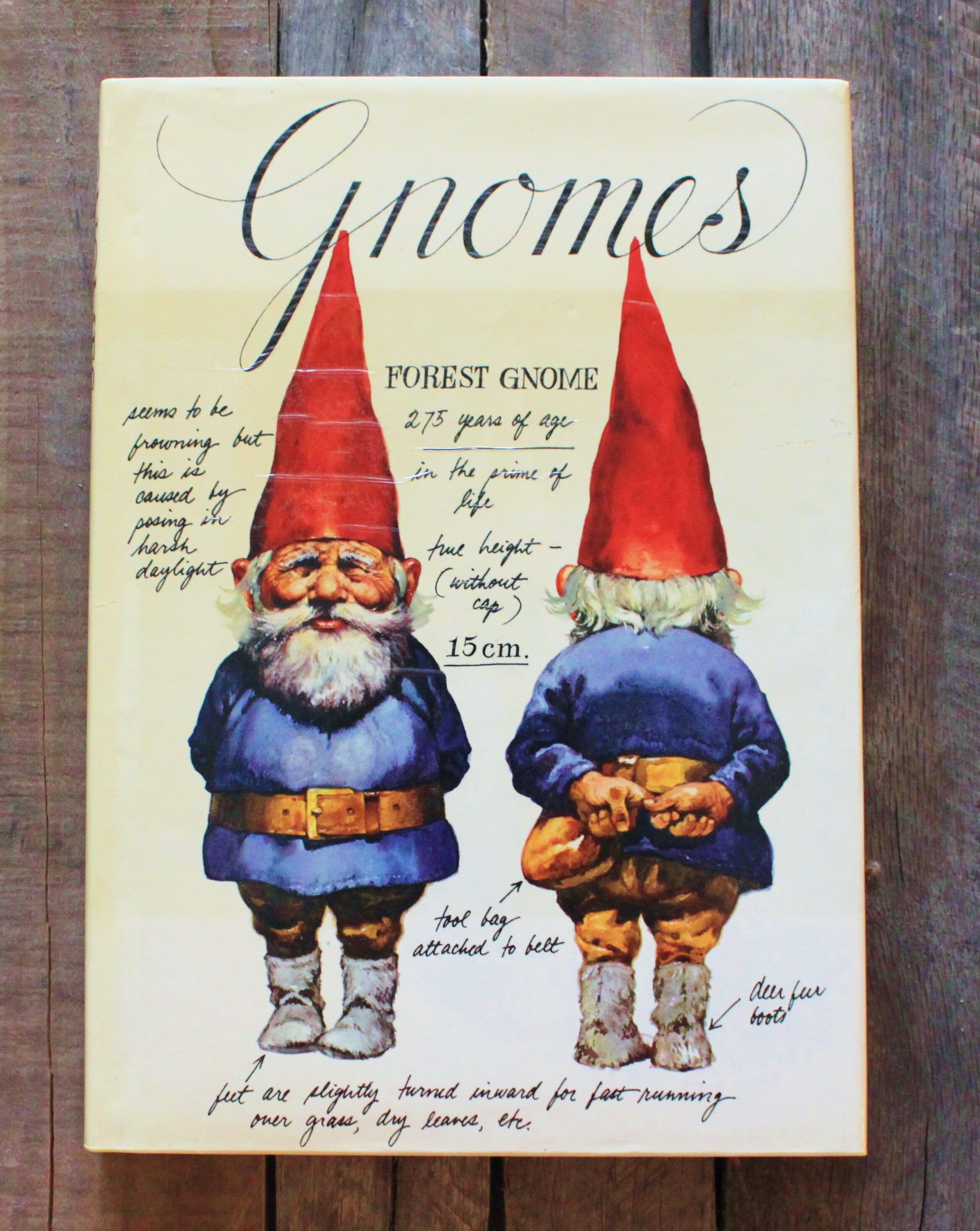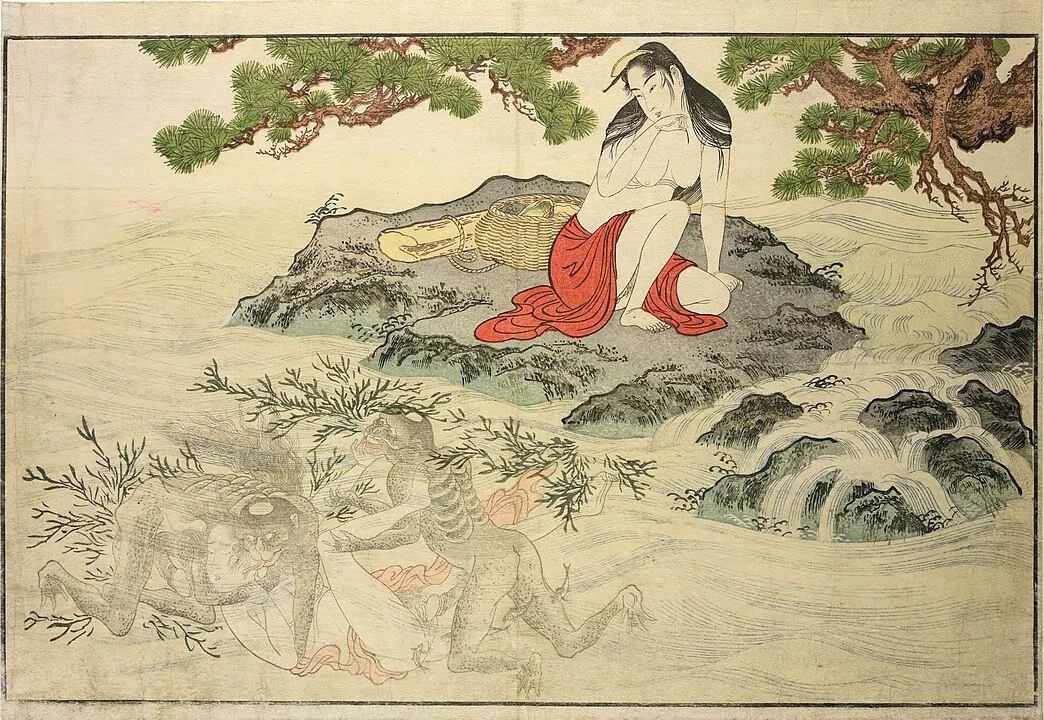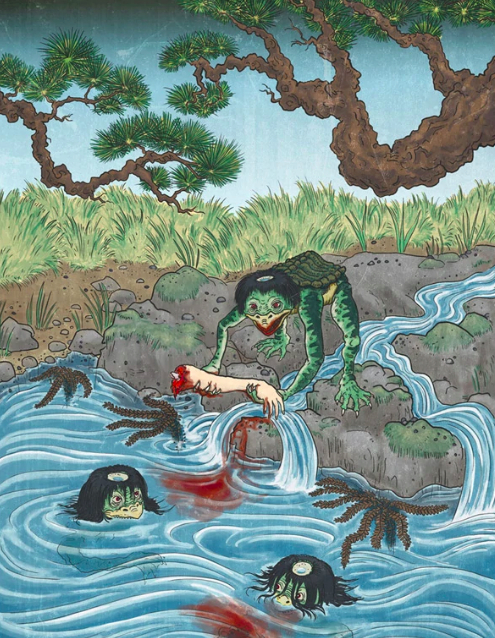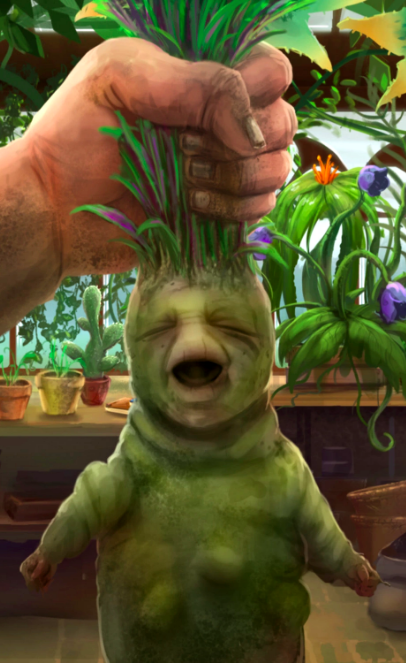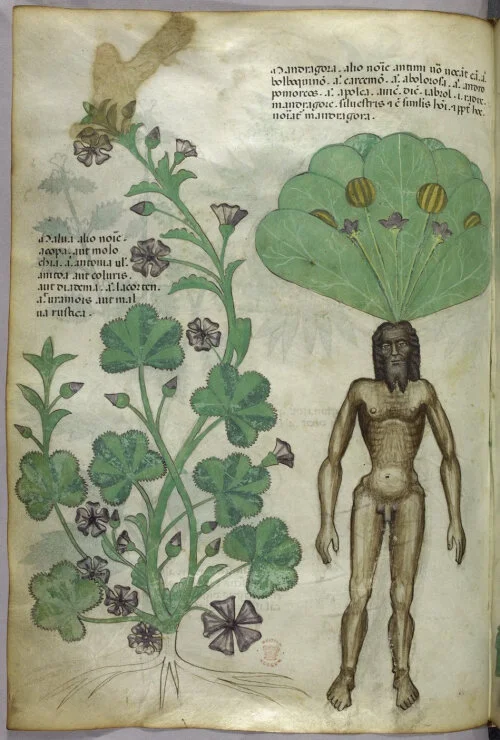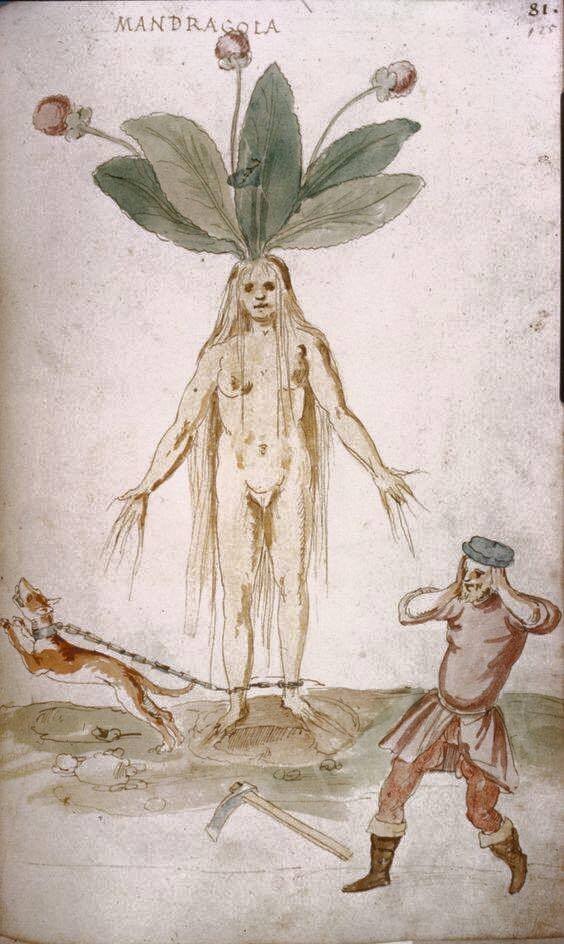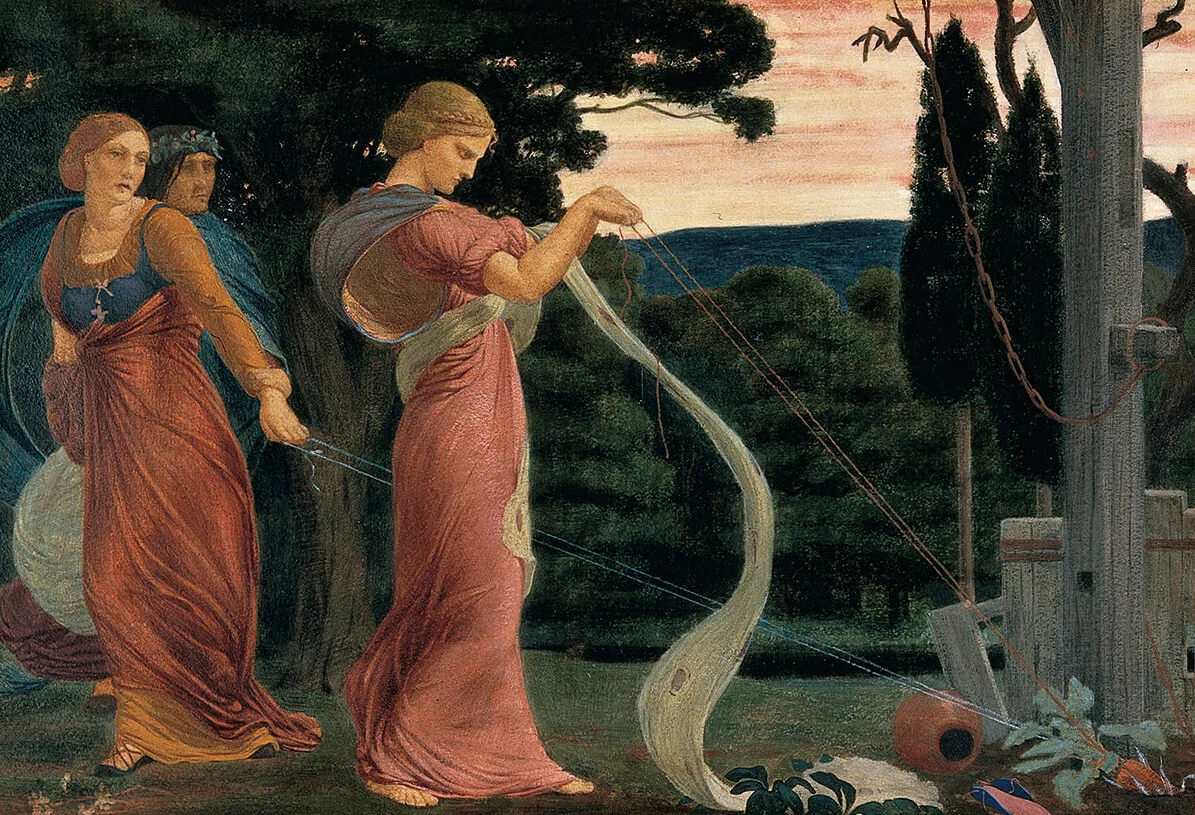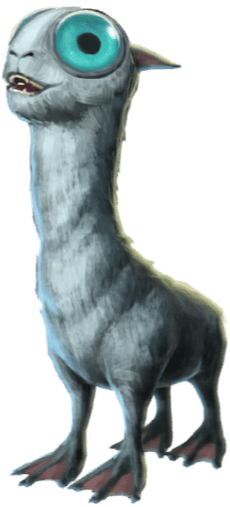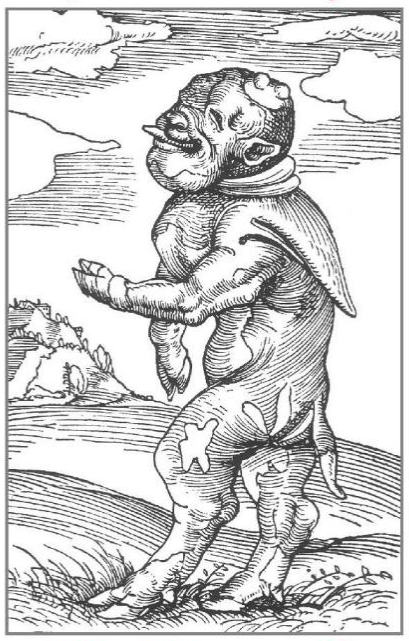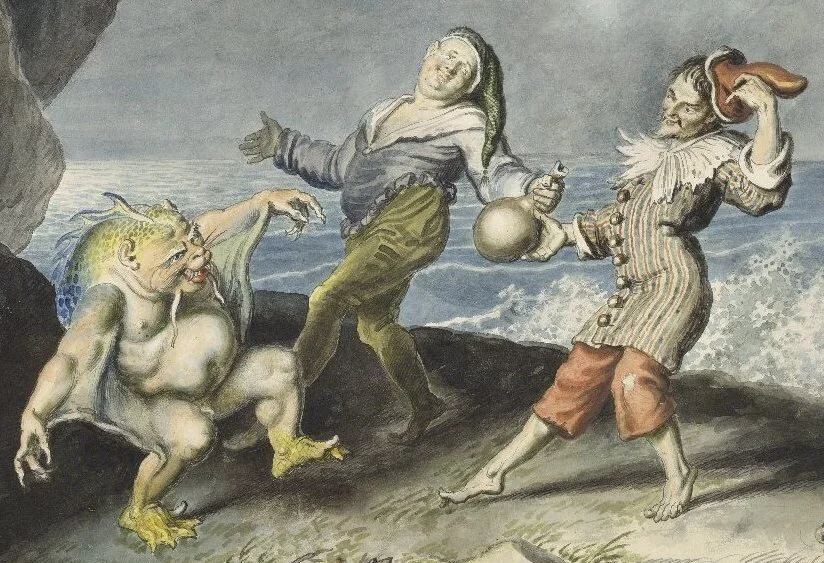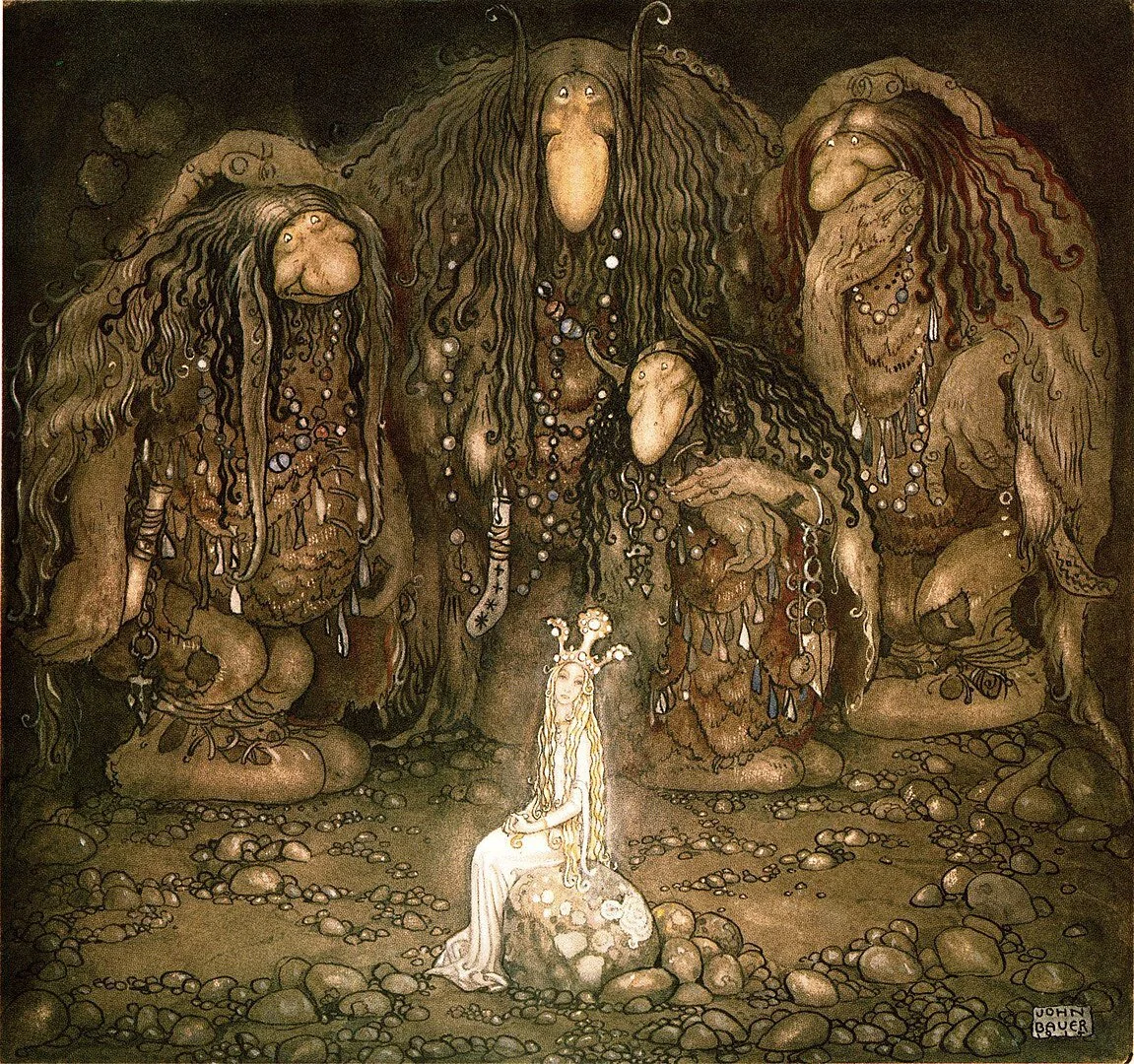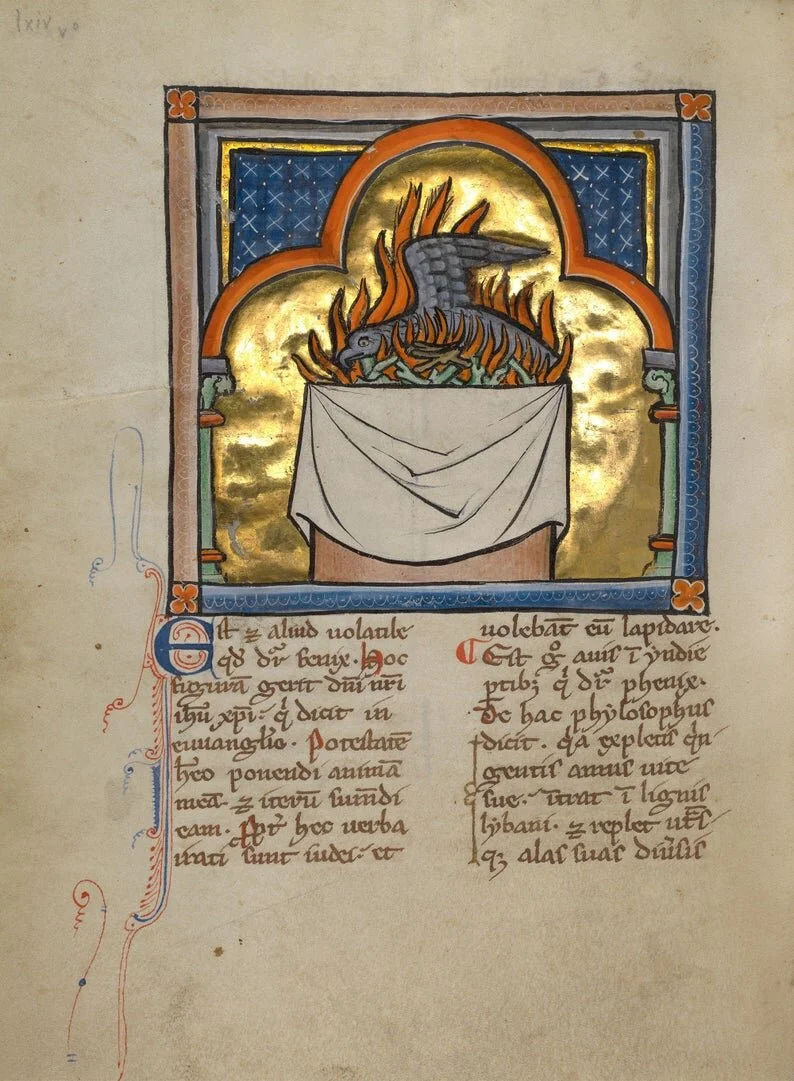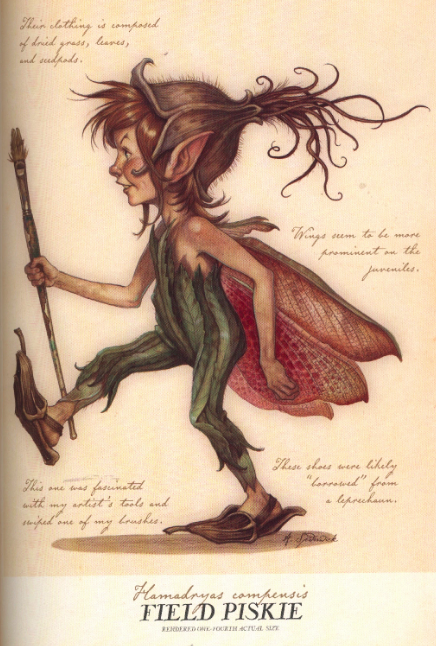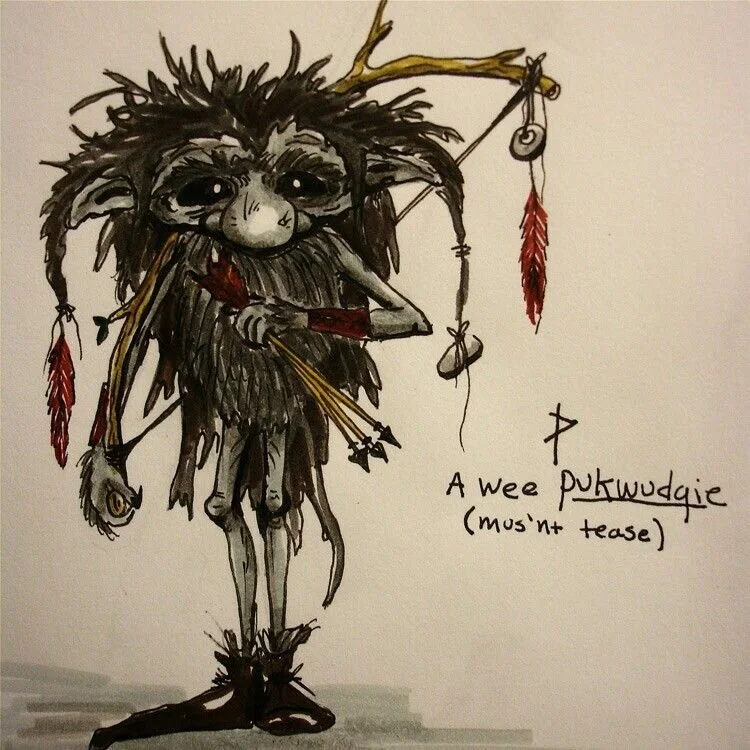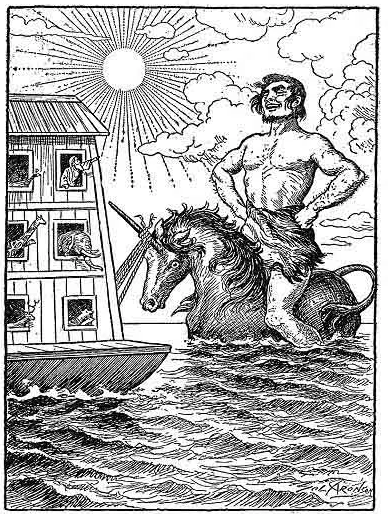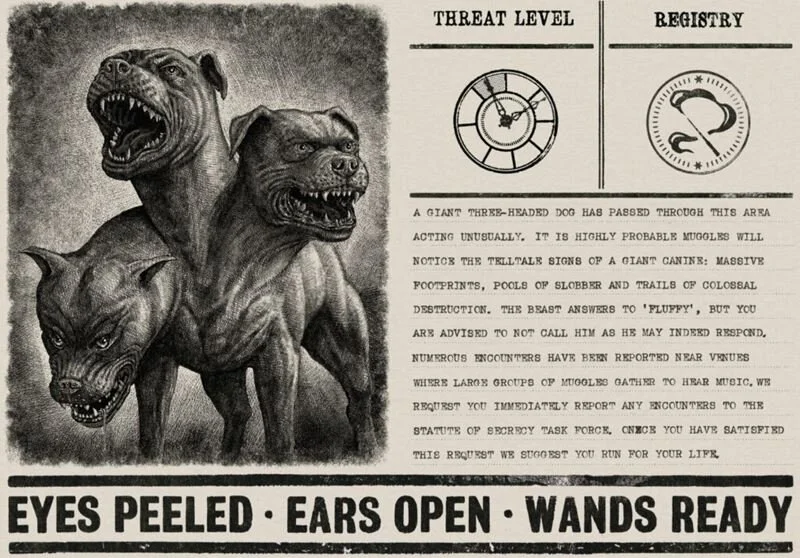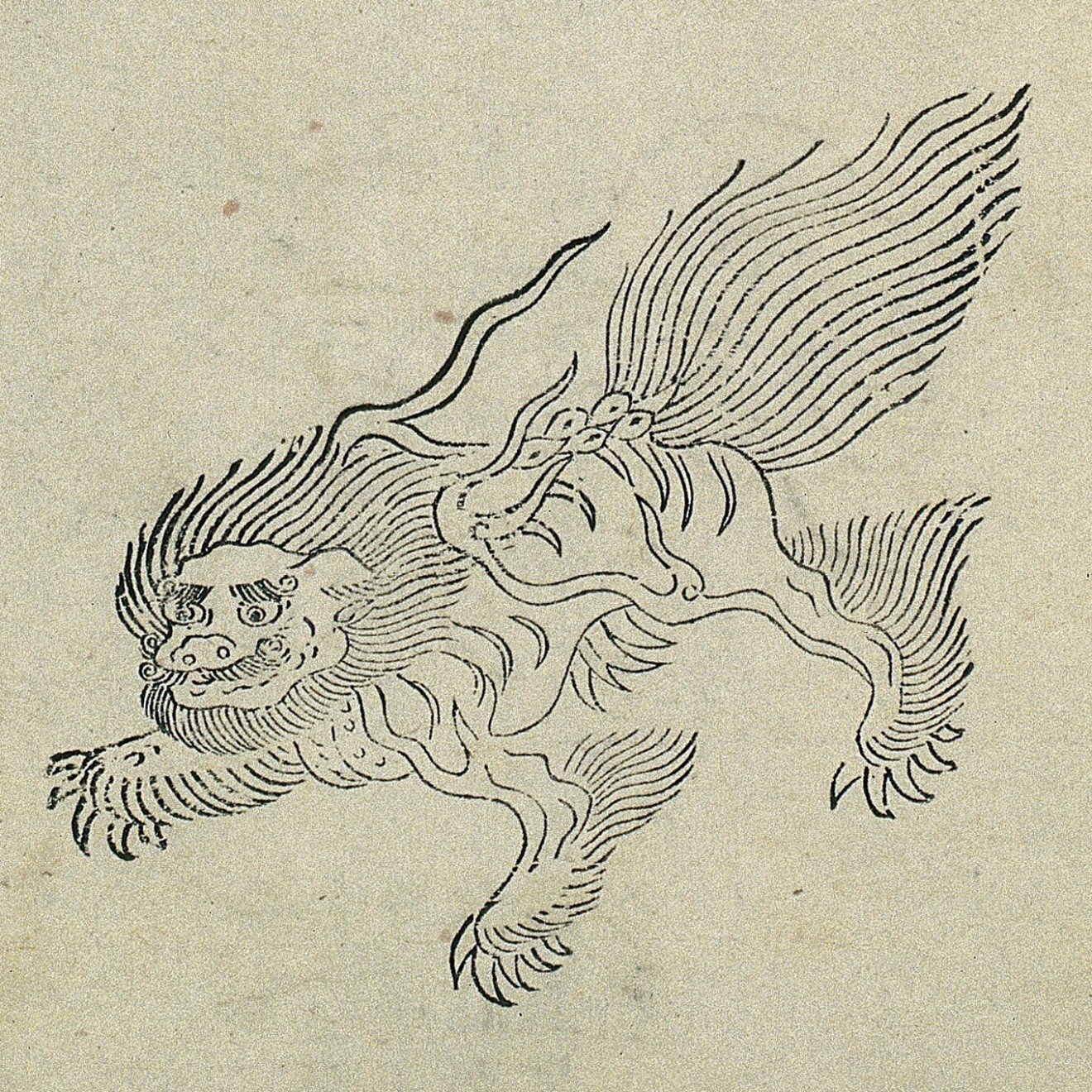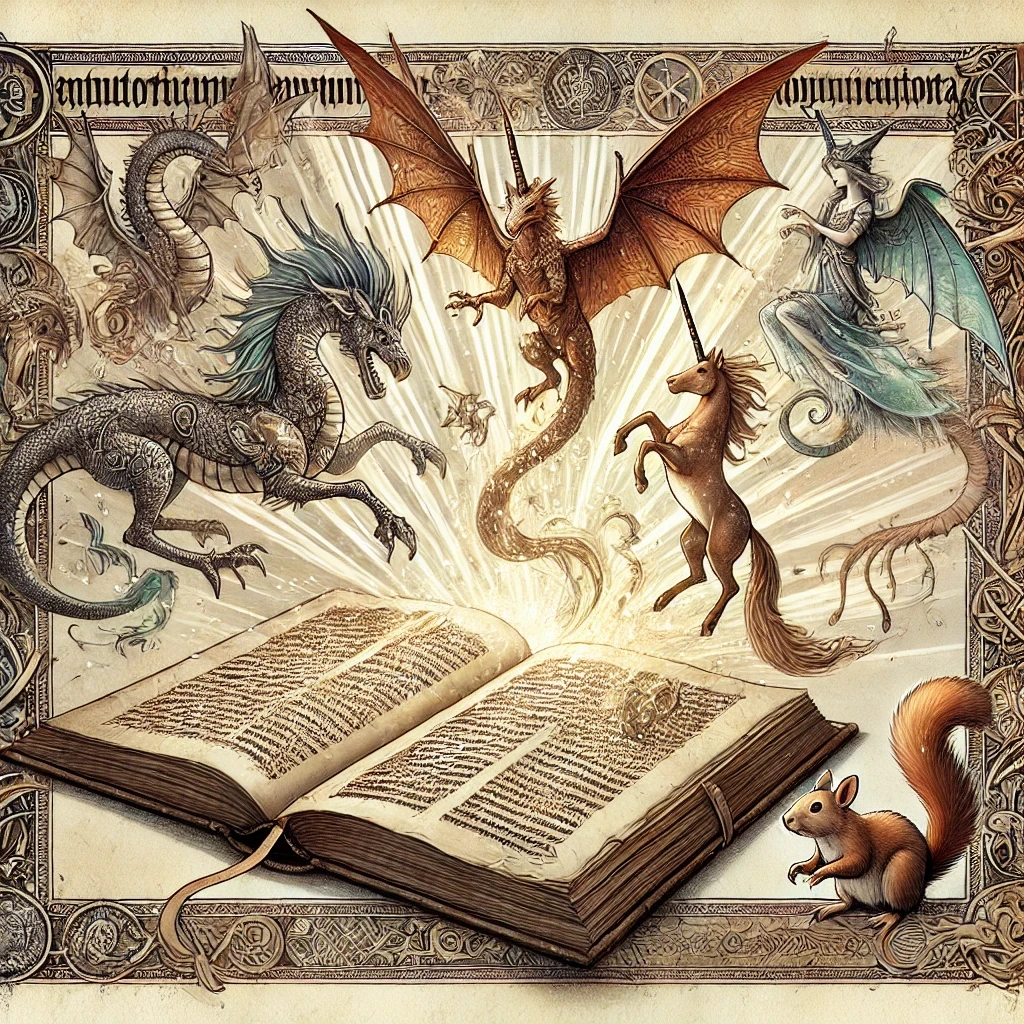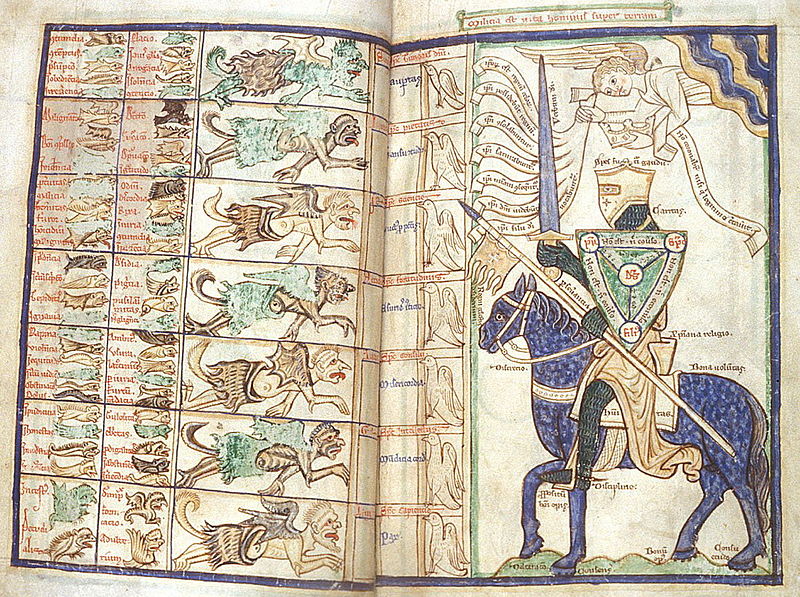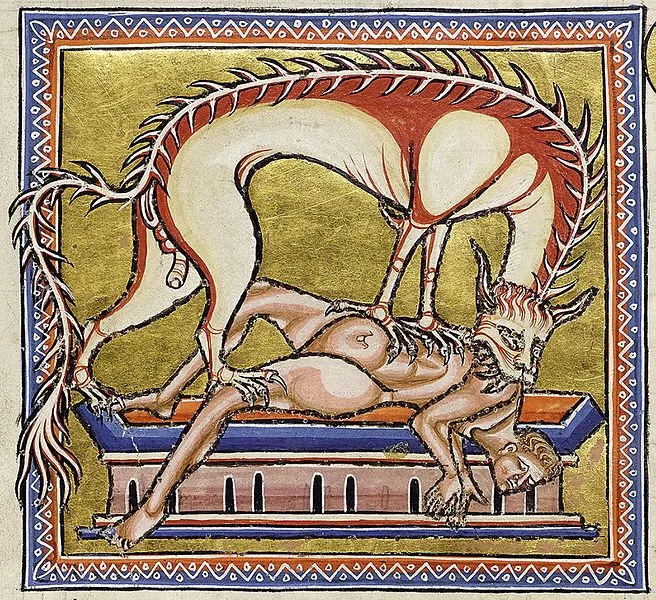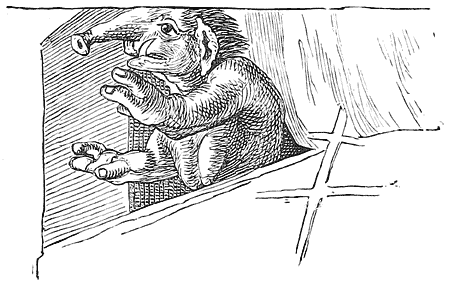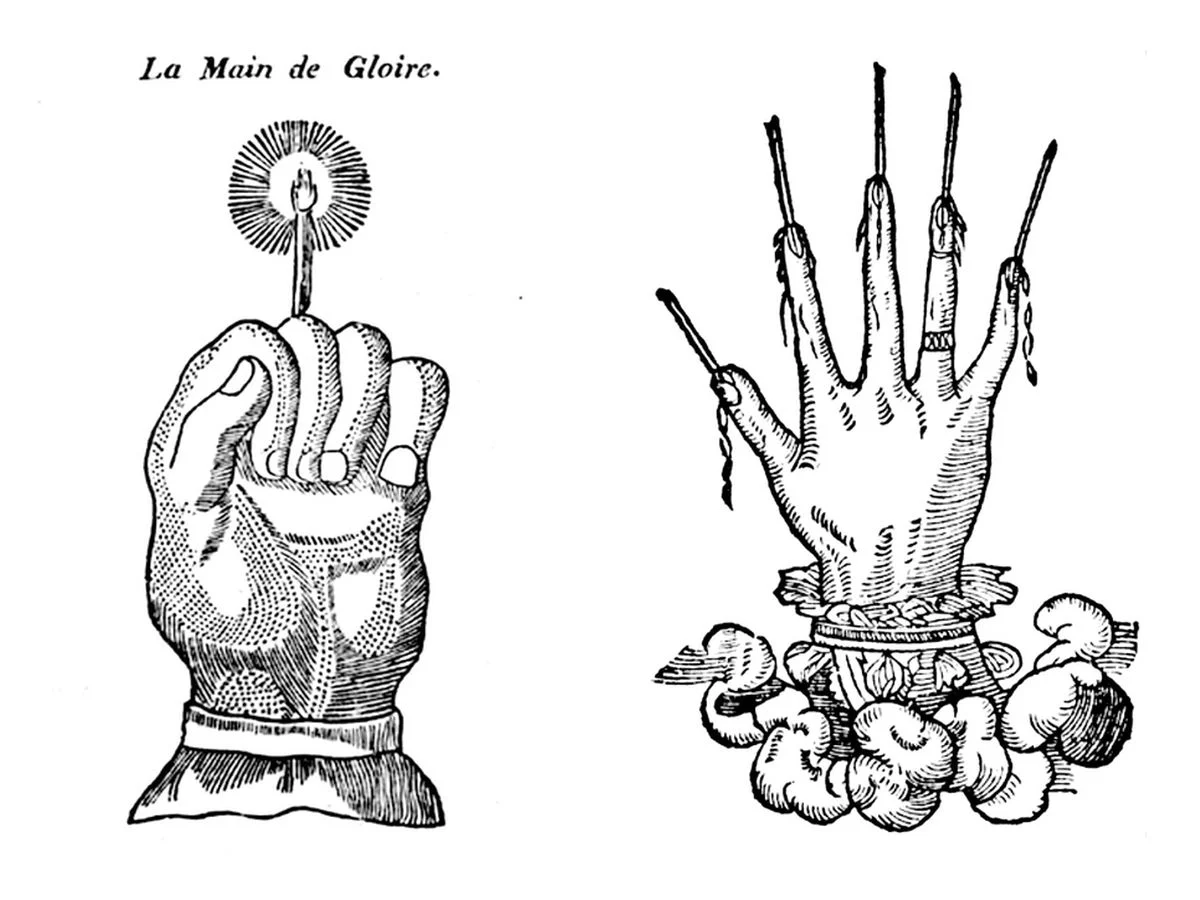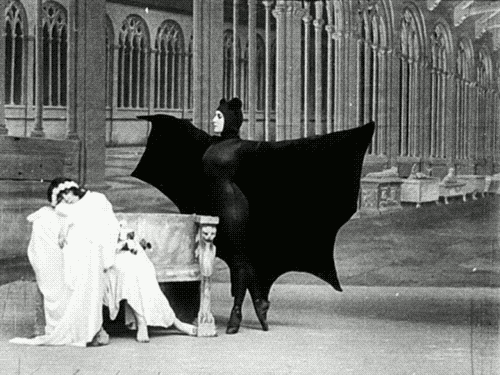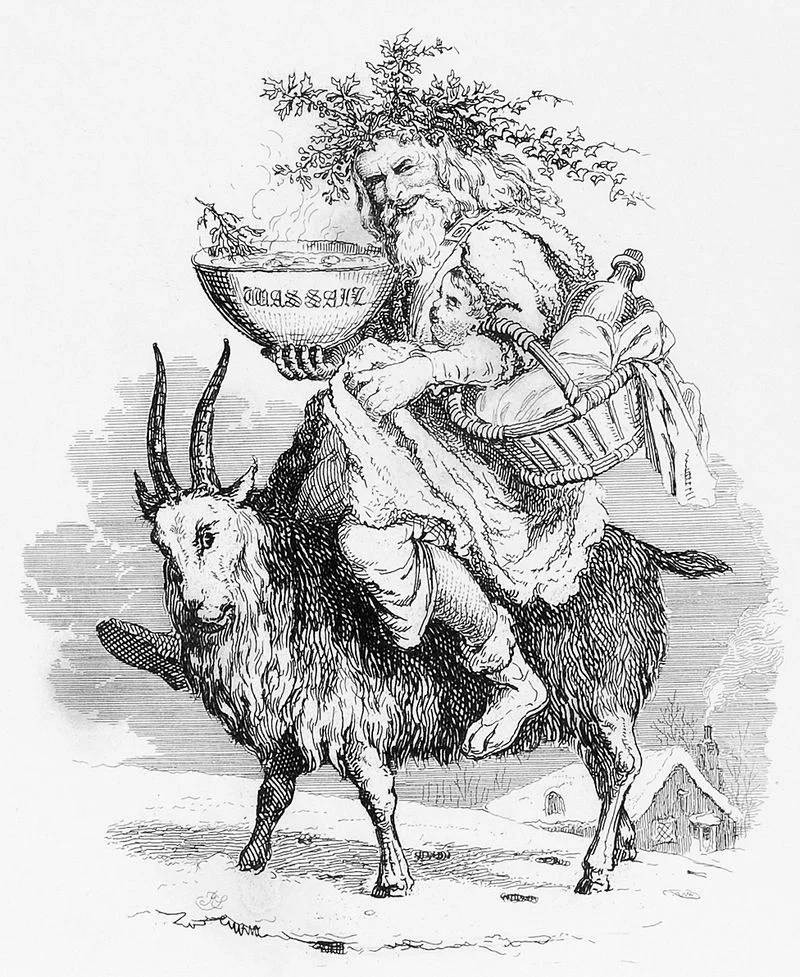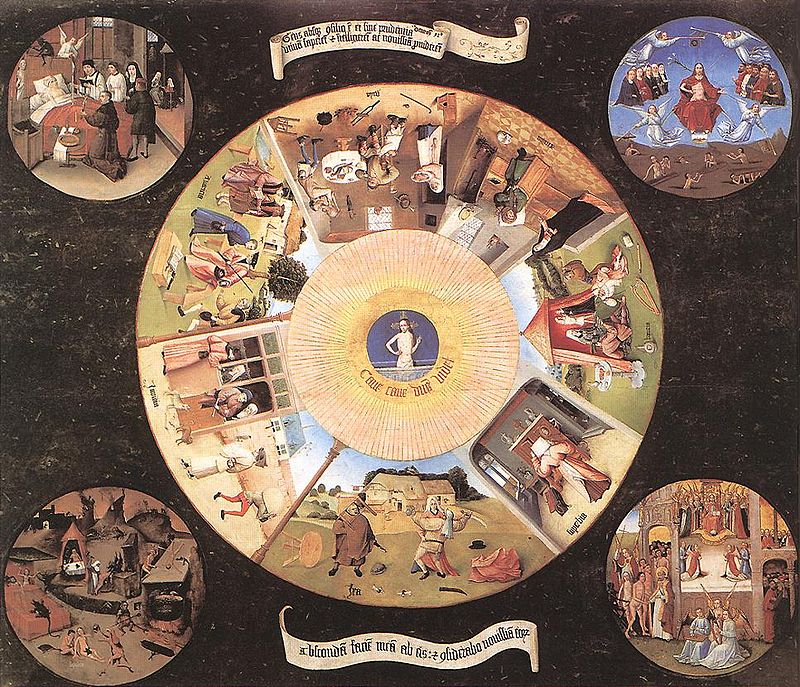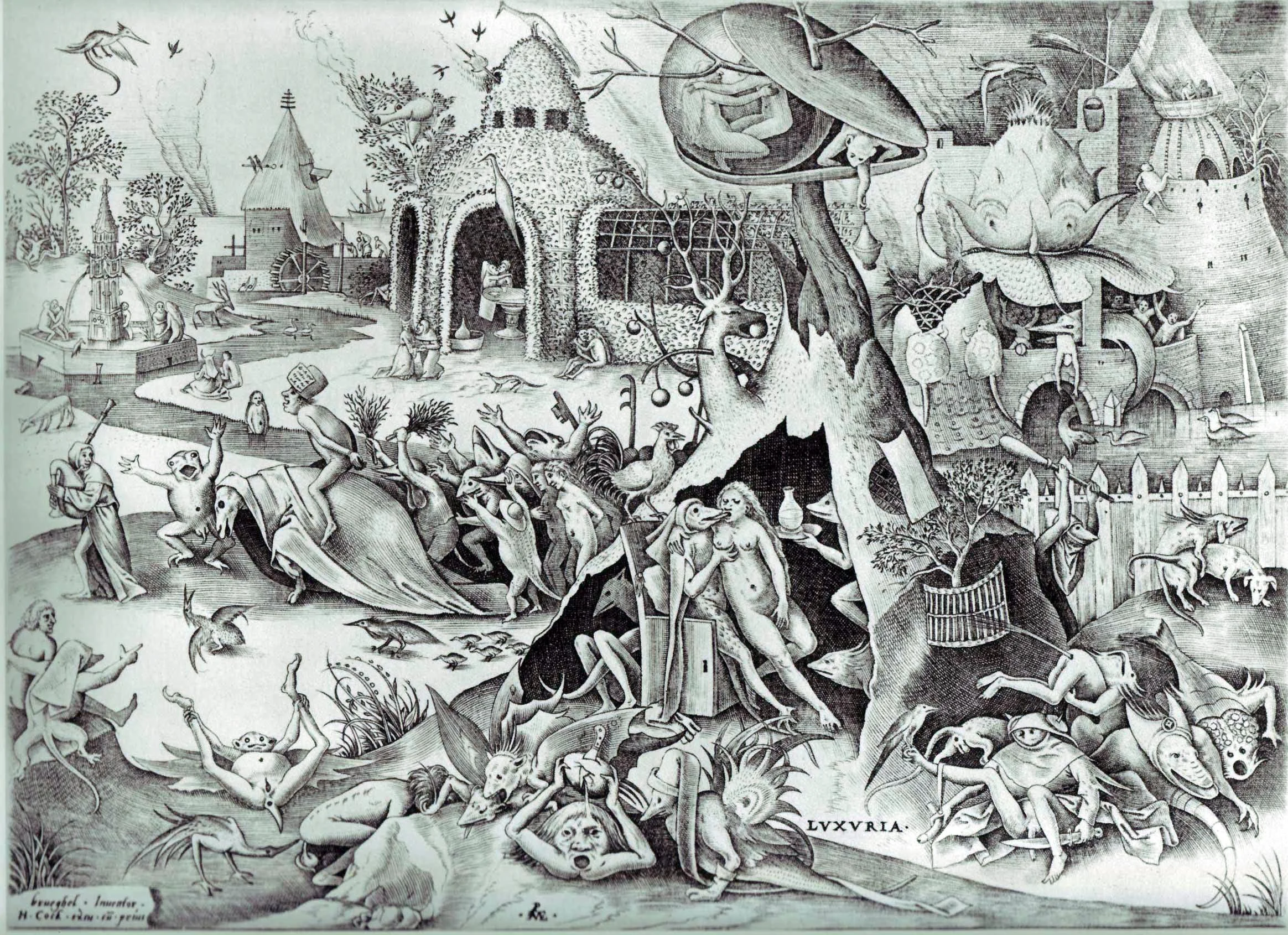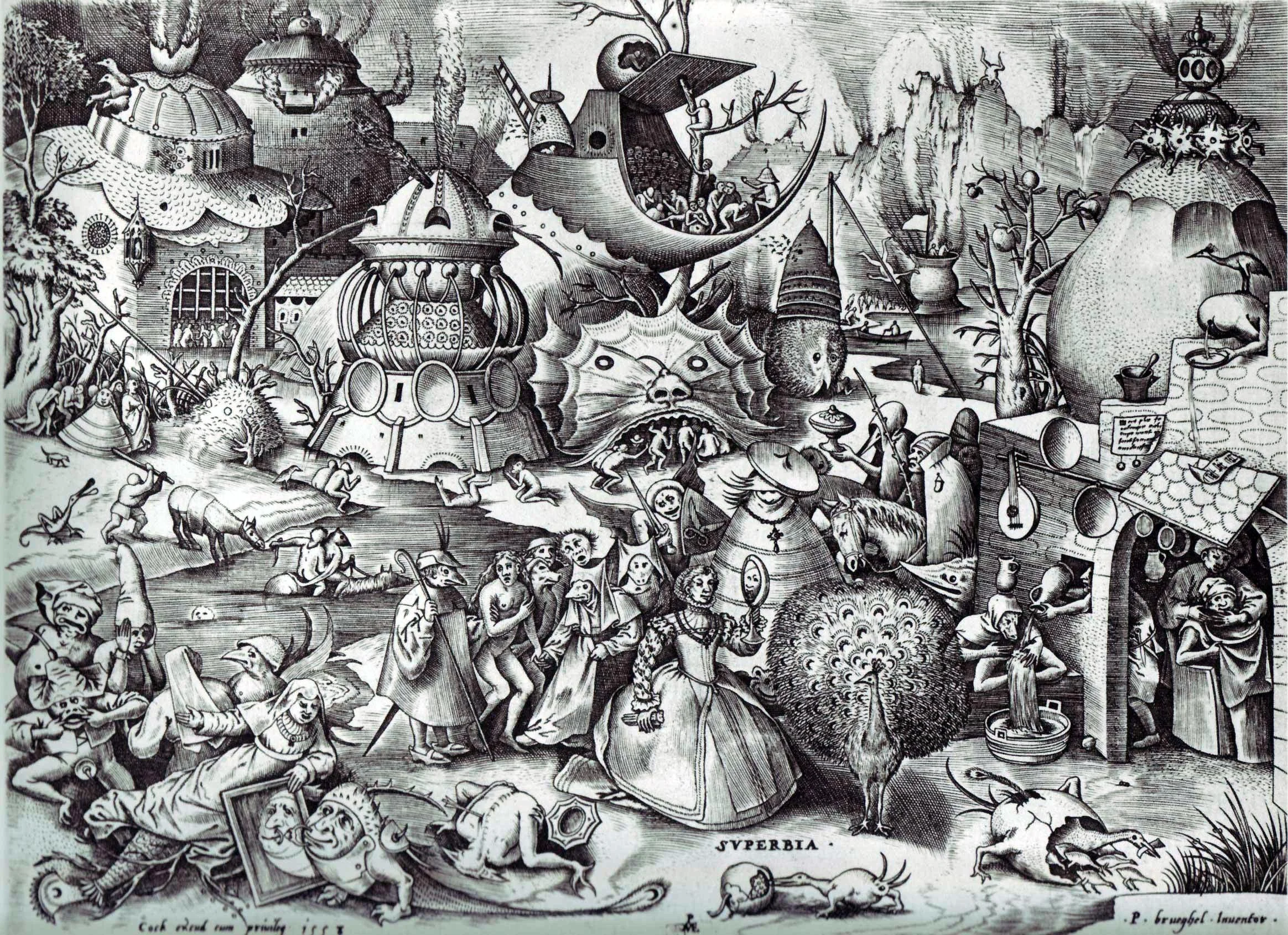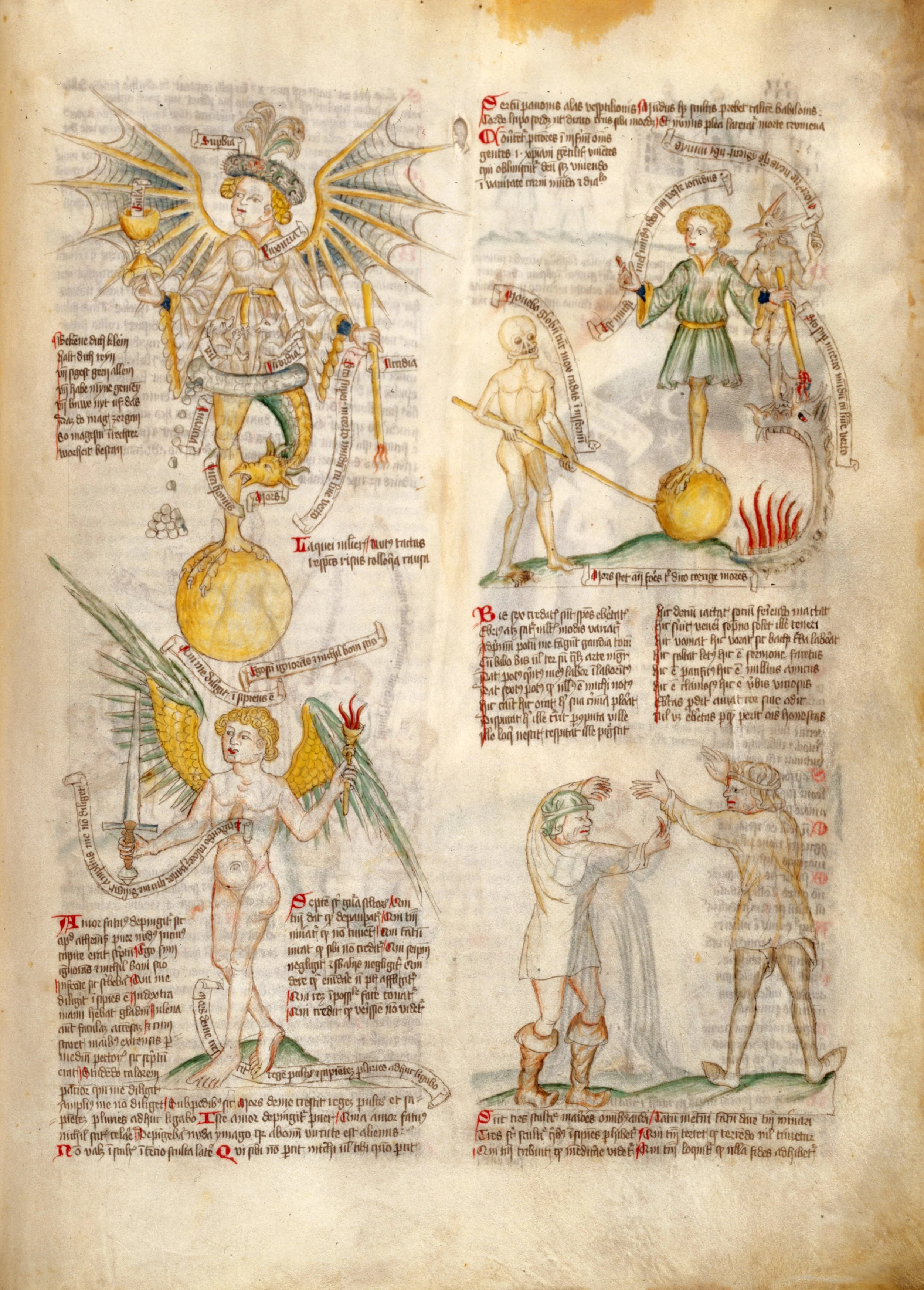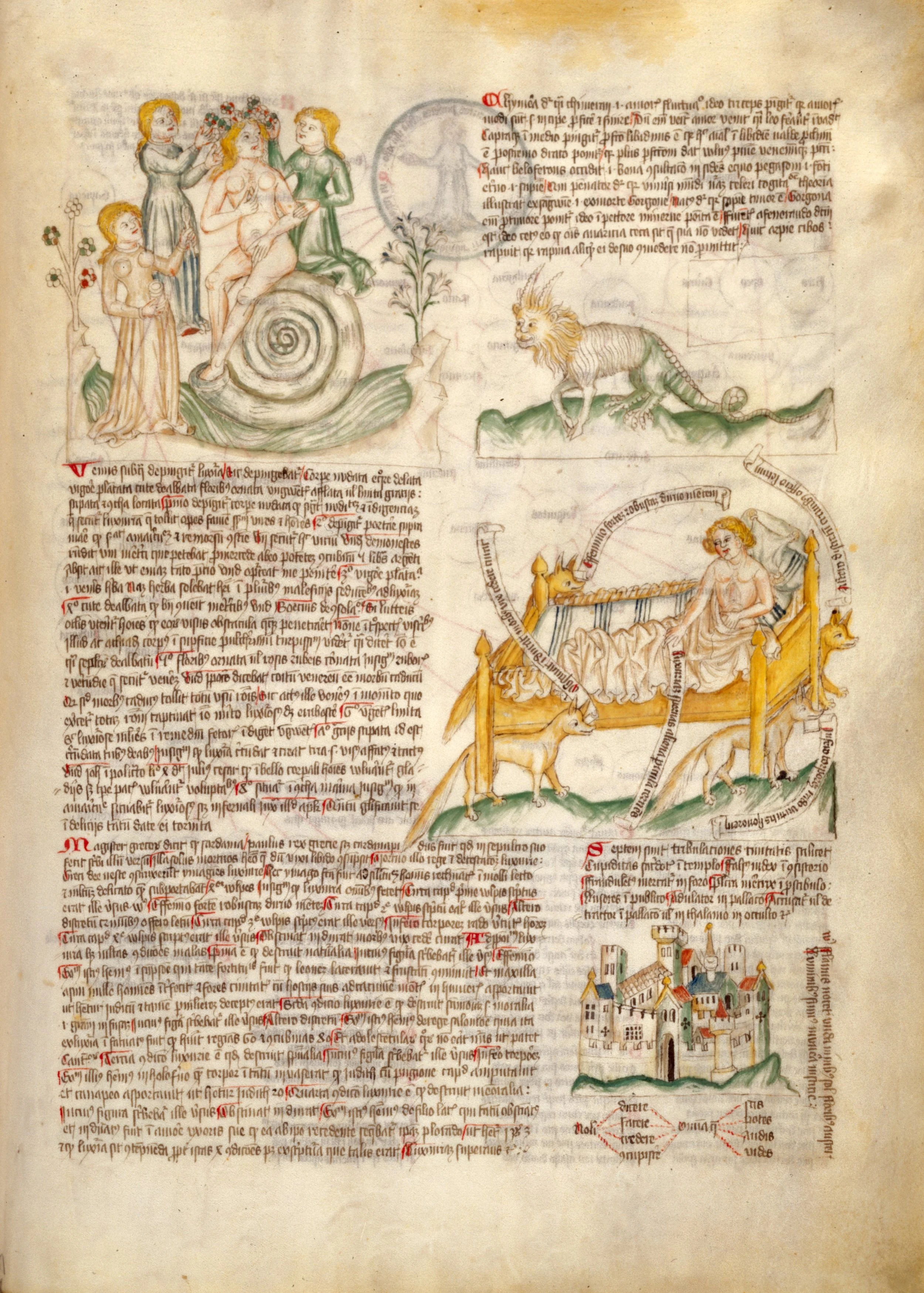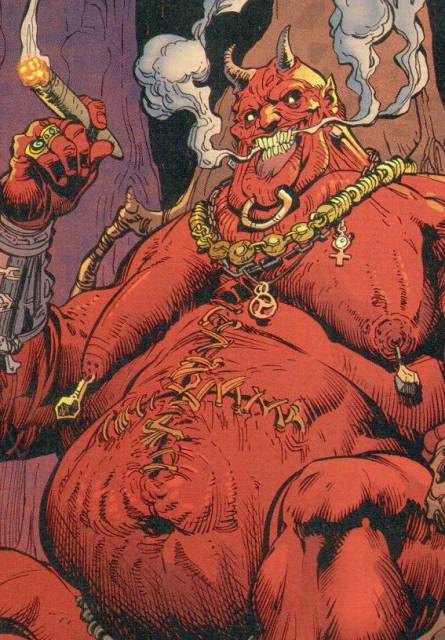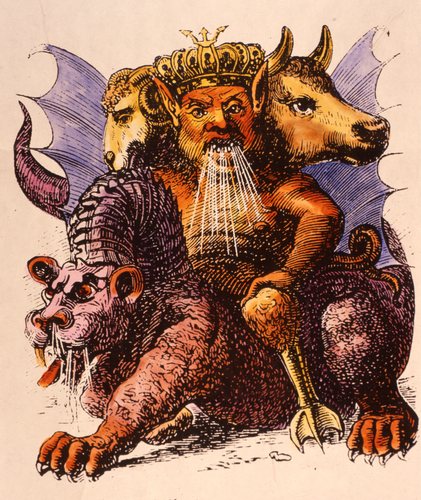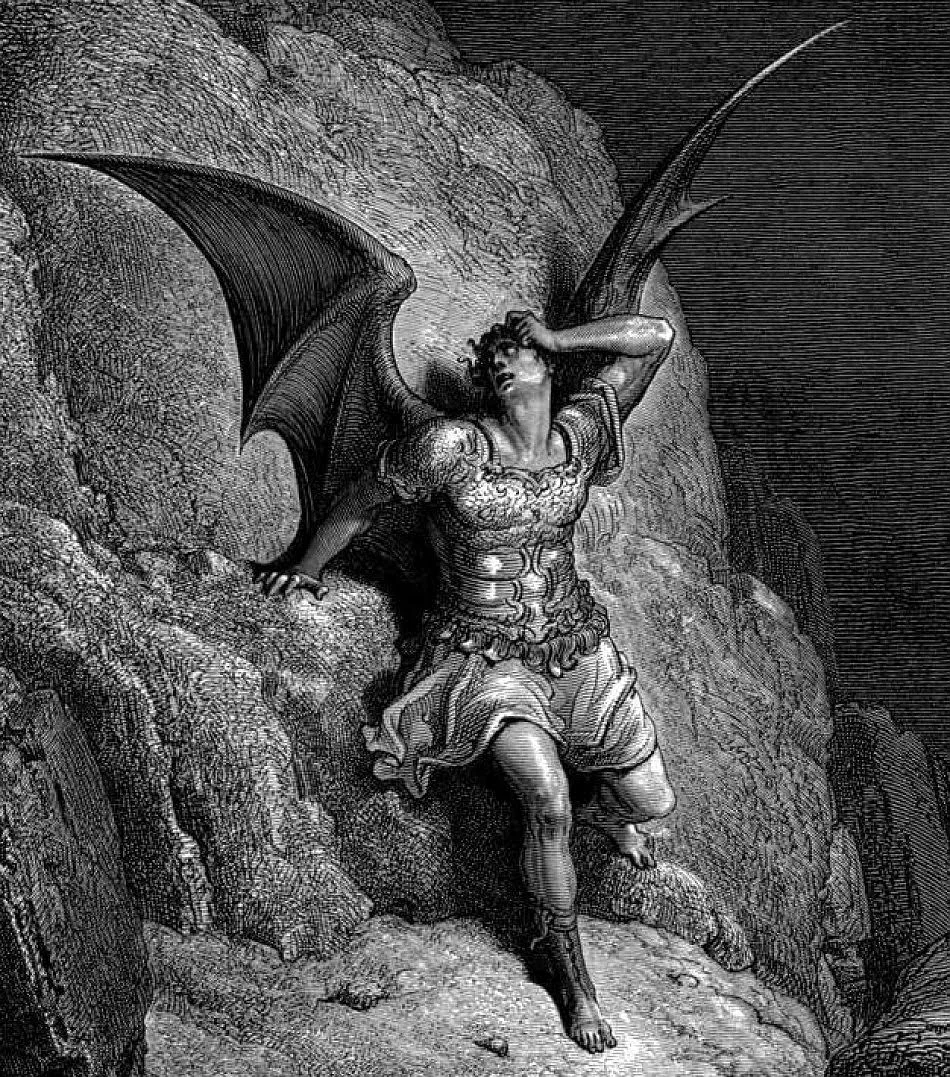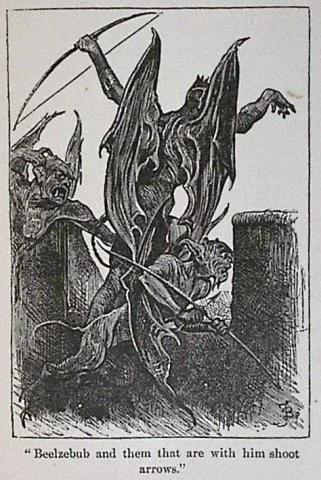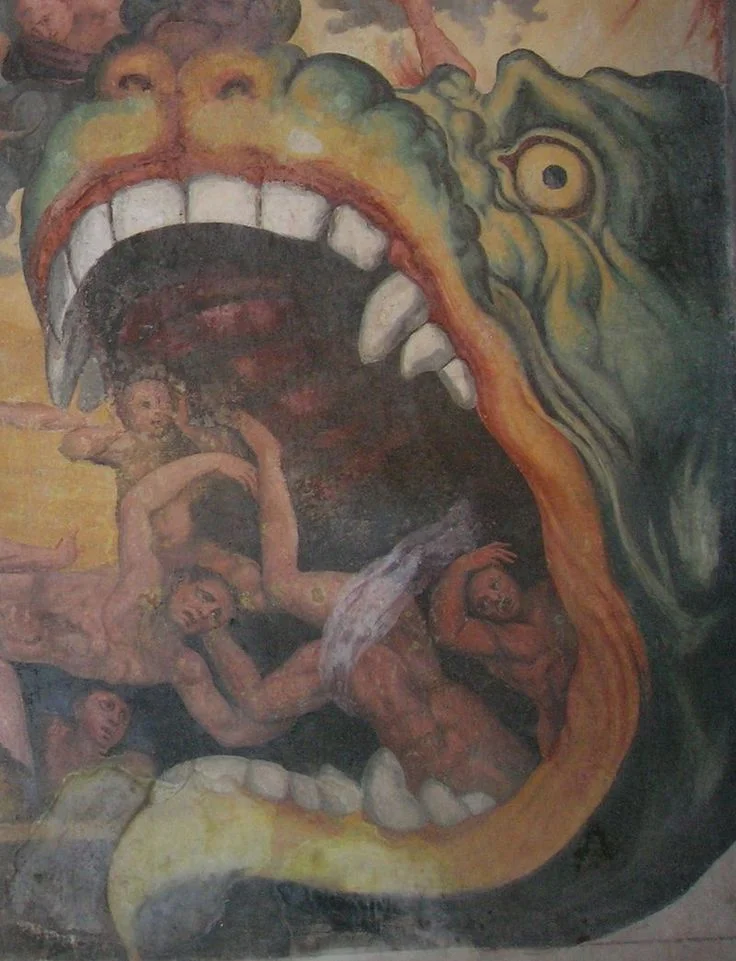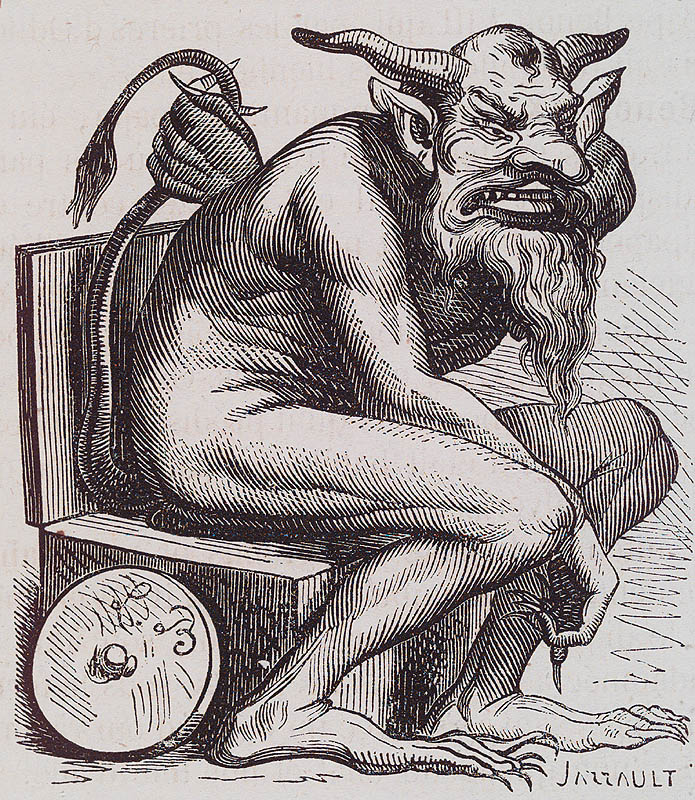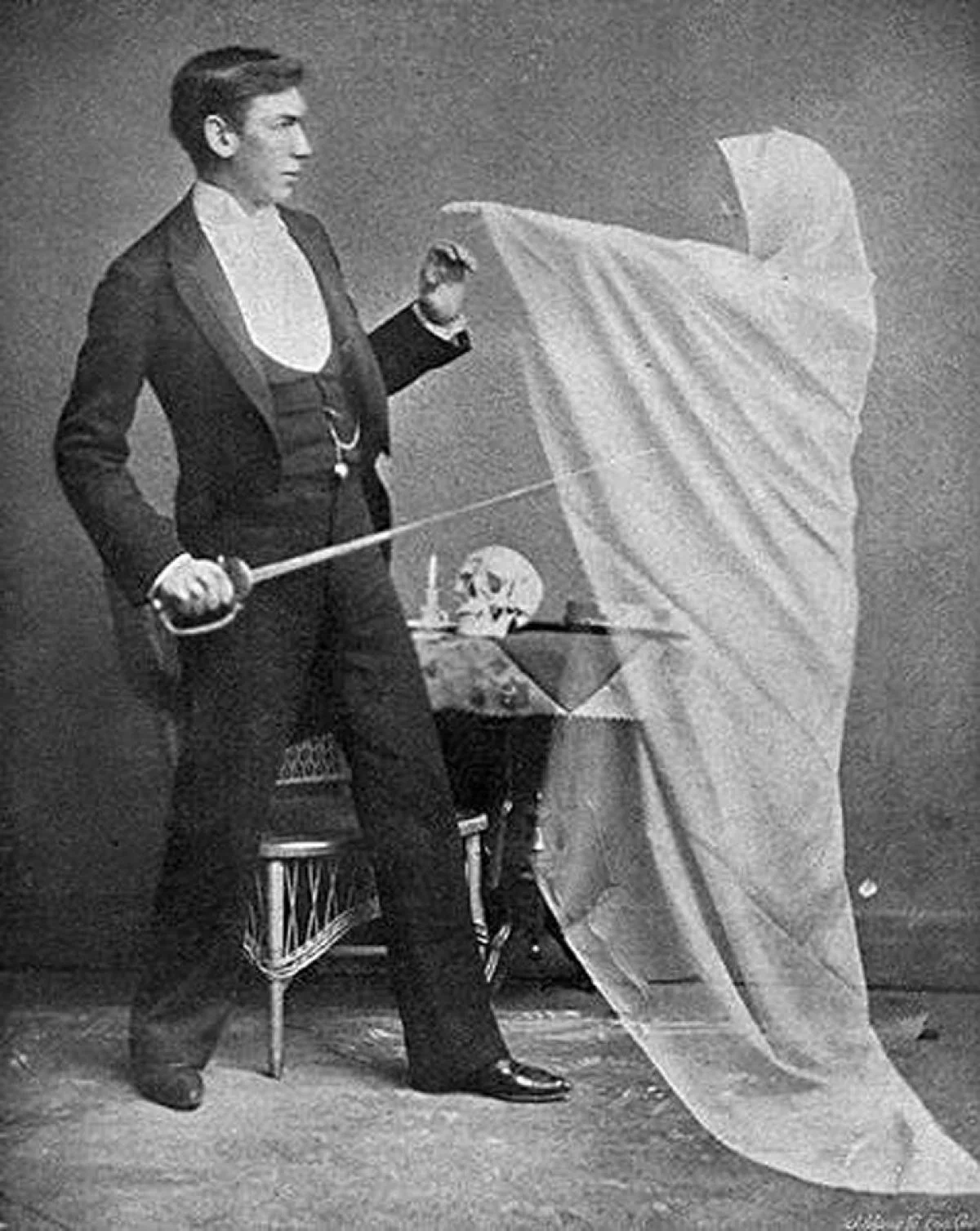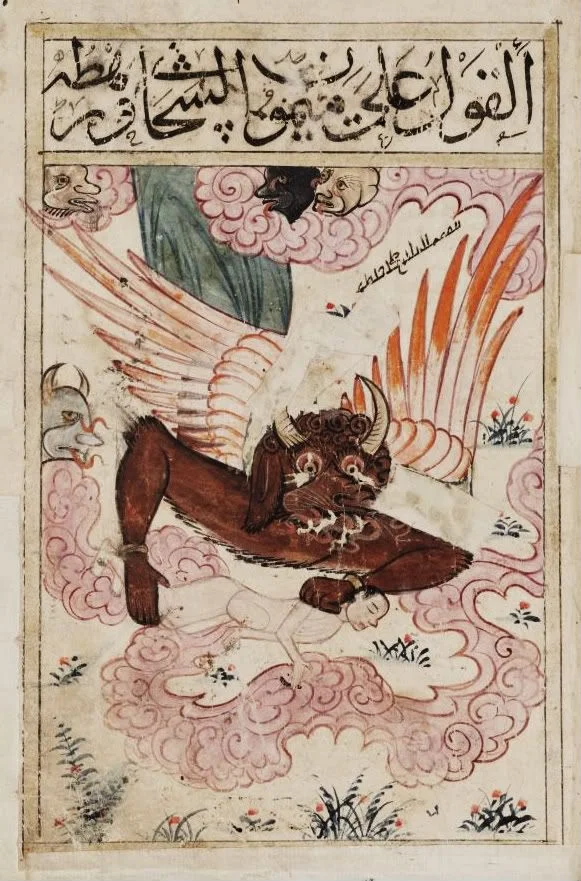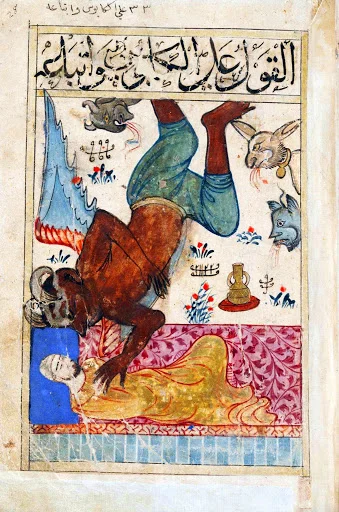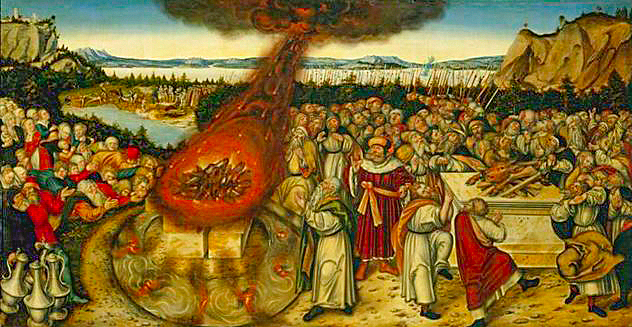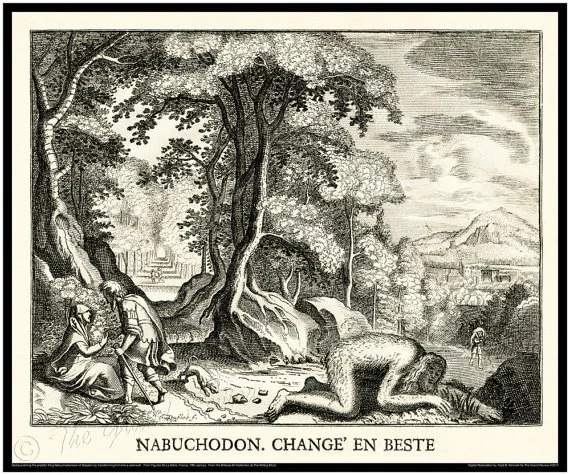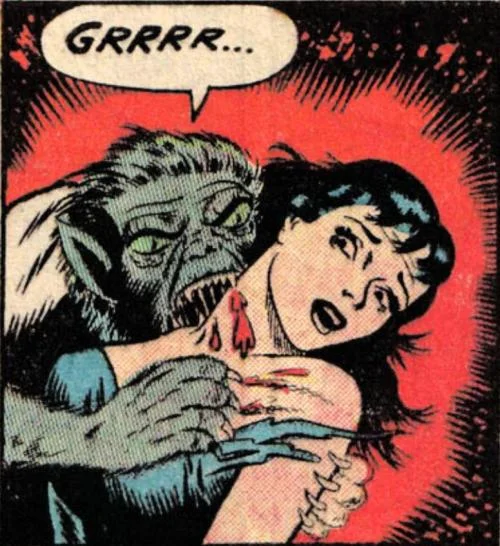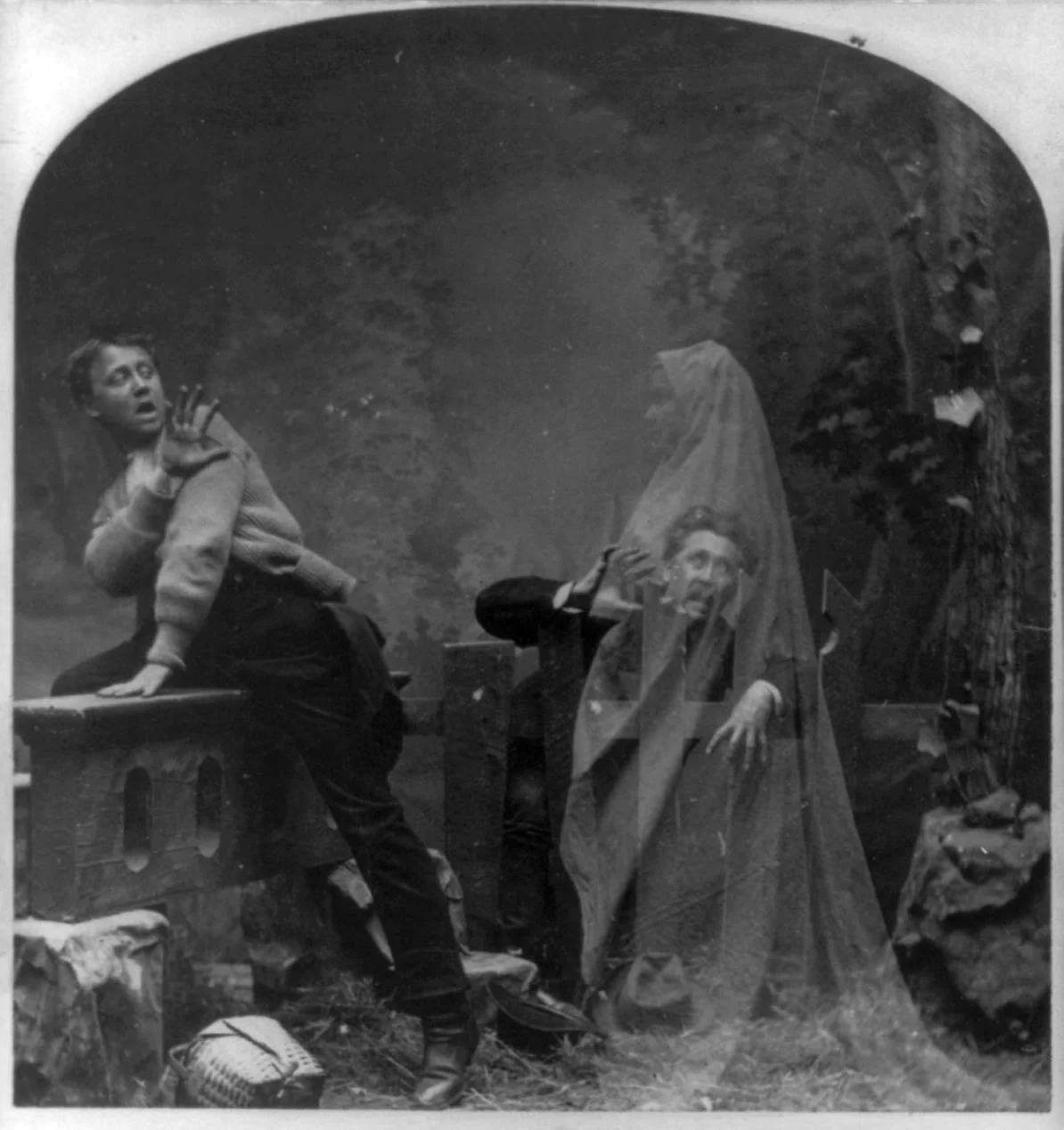A bestiary of dragons, unicorns, mermaids, centaurs and griffins — plus more of the world’s strangest, wildest magical beasts — all brought vividly to life.
In the days of yore, when the world was still young and the line between the mundane and the magical was but a whisper, creatures of legend roamed freely across the lands. Dragons soared over misty mountains, their scales shimmering in the dawn light; mermaids wove their songs into the ocean’s currents, luring sailors with promises of the unknown; and unicorns galloped through ancient forests, their horns gleaming with untamed magic.
But as time marched on and human settlements expanded, these wondrous beings found themselves pushed to the fringes of existence. To preserve their kind and the magic they embodied, they retreated to the hidden Archipelago — a sanctuary shrouded in mystery and accessible only to those who believe in the extraordinary.
“In ‘Impossible Creatures,’ Katherine Rundell unveils a secret realm, inviting readers to rediscover the myths that once instilled both fear and wonder, helping people make sense of their reality. ”
In Impossible Creatures, Katherine Rundell unveils this secret realm, inviting readers to rediscover the myths that once instilled both fear and wonder, helping people make sense of their reality. Through her vivid storytelling, the Archipelago becomes a place where the impossible not only exists but thrives, waiting for those daring enough to seek it.
The Monsters of Impossible Creatures
Now, let’s dive into the Impossible Creatures bestiary. This guide dives into some of the bestiary’s most fascinating inhabitants — both familiar and obscure — bringing you closer to the legends that have shaped cultures and folklore for centuries.
READ MORE: The Monsters of Harry Potter
al-miraj
What the name means: It comes from the Arabic word meaning “ascension” or “ladder.” While the exact reason for this name is unclear, it may reference the creature’s mystical nature, possibly its ability to transcend the ordinary world — much like the Prophet Muhammad’s ascension to heaven.
Where it’s from: Middle Eastern folklore, especially from Persian and Arabic tales
What it looks like: A small, rabbit-like creature with golden fur and a single spiraling horn on its forehead, reminiscent of a unicorn’s horn
What it does: The al-miraj is fiercely territorial and highly aggressive despite its diminutive size. Known to take down much larger predators with its horn
What to watch out for: Its deceptively cute appearance lures unsuspecting prey. Its horn is sharp enough to pierce armor, and it’s unnervingly fast.
avanc
What the name means: A variant of the Welsh word afanc, which means “beaver”
Where it’s from: Welsh mythology, particularly tales involving lakes and rivers
What it looks like: A hybrid of a beaver, crocodile and sometimes a wolf, with sharp teeth and scaly skin
What it does: Lurks in lakes and rivers, capsizing boats and dragging victims underwater. It’s said to guard treasures hidden in its watery lair.
What to watch out for: Some legends say it can hypnotize its victims into walking into the water willingly.
borometz
What the name means: It stems from the Russian word borametz, meaning “lamb.”
Where it’s from: Central Asian and European medieval lore
What it looks like: A plant that grows a lamb-like creature on its stalk. The lamb is tethered to the ground by its navel.
What it does: The lamb feeds on nearby plants until the stalk dies, after which the lamb perishes.
What to watch out for: Some tales suggest its wool is highly sought after, but beware — harvesting the borometz can anger local spirits or beasts who protect it.
centaur
What the name means: From Greek kentauros, possibly meaning “bull piercer” referring to horsemen who hunted bulls
Where it’s from: Greek mythology, especially associated with Thessaly and Mount Pelion
What it looks like: A being with the upper body of a man and the lower body of a horse
What it does: Centaurs are known for their dual nature — some are wise and noble, while others are wild and hedonistic.
What to watch out for: Their strength and speed make them formidable foes, and the wilder centaurs are quick to anger. Approach with caution.
chimera
What the name means: From the Greek chimaira, meaning “she-goat.”
Where it’s from: Greek mythology, specifically described in The Iliad by Homer
What it looks like: A monstrous hybrid with the body and head of a lion, a goat’s head rising from its back, and a serpent as its tail.
What it does: Breathes fire and wreaks havoc on towns and travelers. Known for its ferocity and near-imperviousness in battle
What to watch out for: Its fire breath is its most dangerous weapon, but its three sets of jaws make it deadly at close range. Attack only if you have a strong defense.
dragon
What the name means: Derived from the Greek drakon, meaning “serpent” or “giant sea fish”
Where it’s from: Found in myths across the globe, including European, Chinese and Middle Eastern folklore
What it looks like: Dragons vary widely but often have serpentine bodies, scales, wings, and the ability to breathe fire, lightning or ice. Some are massive with glowing eyes and sharp talons.
What it does: Known for guarding treasures, wreaking destruction or embodying wisdom, depending on the culture. European dragons are often malevolent, while Asian dragons are revered.
What to watch out for: Its breath weapon is deadly, but many dragons are also cunning and manipulative. Engage carefully — or better yet, avoid altogether.
griffin
What the name means: From the Greek gryps, meaning “curved” or “hooked,” referring to its beak.
Where it’s from: Ancient Middle Eastern and Mediterranean myths, particularly in Greek and Persian art
What it looks like: A majestic creature with the body of a lion and the head and wings of an eagle. Its powerful claws are said to be sharper than swords.
What it does: Known as a guardian of treasures and divine mysteries, griffins are fiercely protective of their hoards and will attack anyone who ventures too close.
What to watch out for: Its aerial advantage makes it nearly impossible to outrun, and its talons can rip through armor. The best approach is to avoid its territory entirely.
hippocamp
What the name means: From Greek hippos (“horse”) and kampos (“sea monster”).
Where it’s from: Greek and Roman mythology, often associated with Poseidon, god of the sea
What it looks like: A creature with the front half of a horse and the back half of a fish, complete with shimmering scales and a flowing, finned tail.
What it does: The hippocamp serves as a steed, gracefully navigating the oceans. It’s often depicted pulling Poseidon's chariot.
What to watch out for: Rarely hostile, but it may become defensive if threatened. Beware of strong ocean currents in its territory, which are said to be caused by its movements.
kanko
What the name means: A Japanese term associated with trickery; the name derives from a game called kankō-dori (“hide-and-seek”).
Where it’s from: Japanese folklore, where it’s considered a type of mischievous yokai, a supernatural creature or spirit
What it looks like: Often depicted as a weasel-like critter, small and nimble, with a sly grin and sparkling eyes
What it does: Known for luring people into games or traps, the kanko enjoys playing tricks and can vanish into thin air if pursued.
What to watch out for: Its tricks are usually harmless, but following it too far into its lair may lead to danger — or being lost forever.
karkadann
What the name means: From the Persian kargadan, meaning “rhinoceros.”
Where it’s from: Middle Eastern and Persian folklore, often considered a precursor to unicorn legends
What it looks like: Resembles a massive, horned beast, similar to a rhinoceros but with a sharper, spiraling horn. It has thick, tough skin and a fearsome presence.
What it does: Known for its territorial aggression, the karkadann is said to be nearly invincible in battle. Some myths claim it has healing properties linked to its horn.
What to watch out for: The karkadann charges relentlessly at perceived threats. Steer clear unless you have a quick escape route or a protective charm.
kludde
What the name means: The name is Flemish, but its meaning is unclear; it’s often associated with shadows and dread.
Where it’s from: Belgian folklore, particularly in Flanders
What it looks like: A shapeshifting creature that can appear as a monstrous dog engulfed in blue flames, a cat or a vague shadowy figure. Its most striking feature is its glowing eyes.
What it does: The kludde lures travelers into dangerous areas, such as swamps or forests, where it reveals its terrifying form and attacks.
What to watch out for: Its ability to shift forms and its speed make it a dangerous foe. Some say chanting prayers or holding a talisman can ward it off.
kraken
What the name means: From the Norwegian word krake, meaning “crooked” or “twisted”
Where it’s from: Norse and Scandinavian mythology, often described as a sea monster off the coasts of Norway and Greenland
What it looks like: A gargantuan, tentacled sea creature, often resembling a colossal squid or octopus
What it does: The kraken is known to drag entire ships under the water with its massive tentacles and create whirlpools to drown sailors.
What to watch out for: Its tentacles can crush ships in seconds. Signs of its presence include sudden, inexplicable whirlpools or strange movements in the ocean’s surface.
lavellan
What the name means: Connected to the Scottish Gaelic word làbh-allan, “water shrew” or “water vole”
Where it’s from: Scottish legends, particularly in the Highlands
What it looks like: A small, rodent-like creature with sharp teeth and golden fur that glows faintly.
What it does: The lavellan is said to have poisonous skin and a bite that can cause sickness or death. It often lurks near water.
What to watch out for: Avoid touching or handling it, as its venom is potent even through the skin. In some tales, its lair is surrounded by toxic mist.
longma
What the name means: From Chinese, long (“dragon”) and ma (“horse”)
Where it’s from: Chinese mythology, often associated with wisdom and celestial beings
What it looks like: A horse-like creature with scales, dragon-like wings, and flames or mist emanating from its body.
What it does: The longma is a divine creature often seen as a symbol of prosperity and enlightenment. It’s said to carry sacred texts or celestial messages.
What to watch out for: The longma isn’t inherently dangerous, but its presence is considered a divine omen. Disrespecting or harming it could bring bad luck or divine retribution.
manticore
What the name means: From the Old Persian martiya-khvara, meaning “man-eater”
Where it’s from: Persian mythology, later adopted into Greek and European tales
What it looks like: A fearsome creature with the body of a lion, a human-like face and a tail that can shoot venomous spines. Some depictions also give it bat-like wings.
What it does: The manticore is a predator that devours its victims whole, leaving no trace behind. It’s said to roam deserts and wastelands.
What to watch out for: Its spines can be deadly even from a distance. Avoid its lair, as it rarely lets intruders escape.
mermaid
What the name means: Derived from Old English mere (“sea”) and maid (“woman”)
Where it’s from: Global folklore, including European, African and Asian traditions
What it looks like: A creature that typically has the torso of a woman and the tail of a fish
What it does: Mermaids are sometimes portrayed as being benevolent, and sometimes as dangerous. They sing haunting songs to lure sailors, helping them on occasion — or leading them to their doom.
What to watch out for: Their enchanting voices can hypnotize sailors, causing them to wreck their ships. Be wary of calm waters near their supposed dwelling places.
nereid
What the name means: From Greek nereis, meaning “sea nymph”
Where it’s from: Greek mythology, associated with the god Poseidon and the sea
What it looks like: Beautiful, humanoid nymphs with flowing hair and shimmering skin, often adorned with seaweed or pearls
What it does: Nereids guide sailors through treacherous waters and are protectors of the sea. They can also be vengeful if disrespected.
What to watch out for: While generally benevolent, offending a nereid by polluting their waters or disturbing sacred sites can bring storms and shipwrecks.
ratatoska
What the name means: Old Norse for “drill tooth” or “gnawing tooth”
Where it’s from: Norse mythology, particularly associated with Yggdrasil, the World Tree
What it looks like: A squirrel-like creature with sharp teeth and mischievous eyes
What it does: Ratatoska runs up and down Yggdrasil, carrying messages (often insults) between the eagle at the top of the tree and the serpent Nidhogg at its roots.
What to watch out for: Its penchant for stirring up trouble can lead to chaos. While not physically dangerous, its meddling can provoke conflicts between much larger beings.
sphinx
What the name means: From the Greek sphingo, meaning “to bind” or “to squeeze”
Where it’s from: Egyptian, Greek and Mesopotamian mythology, each culture depicting it a bit differently
What it looks like: Usually a lion-bodied creature with a human head, sometimes with wings
What it does: Known for its riddles, the sphinx challenges travelers to answer correctly — or face dire consequences.
What to watch out for: Failing to solve the sphinx’s riddle doesn’t just bruise your ego — it’s a death sentence. This cunning predator is known to strangle its victims or throw them from a high cliff. Remember: In this case, it’s brains over brawn.
Twrch Trwyth
What the name means: In Welsh, it translates to the “Trwyth Boar”
Where it’s from: Welsh mythology, particularly Culhwch and Olwen from the Mabinogion, a medieval collection of tales from Wales. It’s part of the myth of Mabon, the Wiccan celebration of the autumn equinox.
What it looks like: A giant, magical boar with razor-sharp tusks and a thick, impenetrable hide
What it does: Twrch Trwyth is a fearsome creature hunted by King Arthur and his knights. It ravages the land, destroying crops and villages.
What to watch out for: Its tusks are said to cut through any material, and it can trample an entire village in its fury. Hunting it requires great skill, bravery and some magical help.
unicorn
What the name means: From Latin unicornis, meaning “one-horned”
Where it’s from: Found in European folklore, with some references in ancient texts like the Bible and Greek writings
What it looks like: A graceful horse-like creature with a single spiraling horn on its forehead, often depicted with a shimmering coat
What it does: The unicorn is a symbol of purity and grace. Its horn is believed to have magical properties, such as purifying water and curing poison.
What to watch out for: Unicorns are elusive and shy, fleeing at the slightest hint of danger. However, attempting to capture one can provoke its wrath, and its horn can become a formidable weapon.
A World of Impossible Creatures
Through their adventures in the Archipelago, Christopher and Mal encounter creatures that once roamed the Earth: dragons, manticores, griffins and more. Now, thanks to this bestiary, you’ve met them too. Whether it’s the ferocious kraken or the enigmatic Sphinx, these impossible creatures remind us that magic lingers in the stories we tell and the worlds we imagine. –Wally




